Loft conversion ideas – 25 ways to design your loft conversion
A loft conversion is a clever way to transform your attic into practical space – let these loft conversion ideas be inspiration to your design
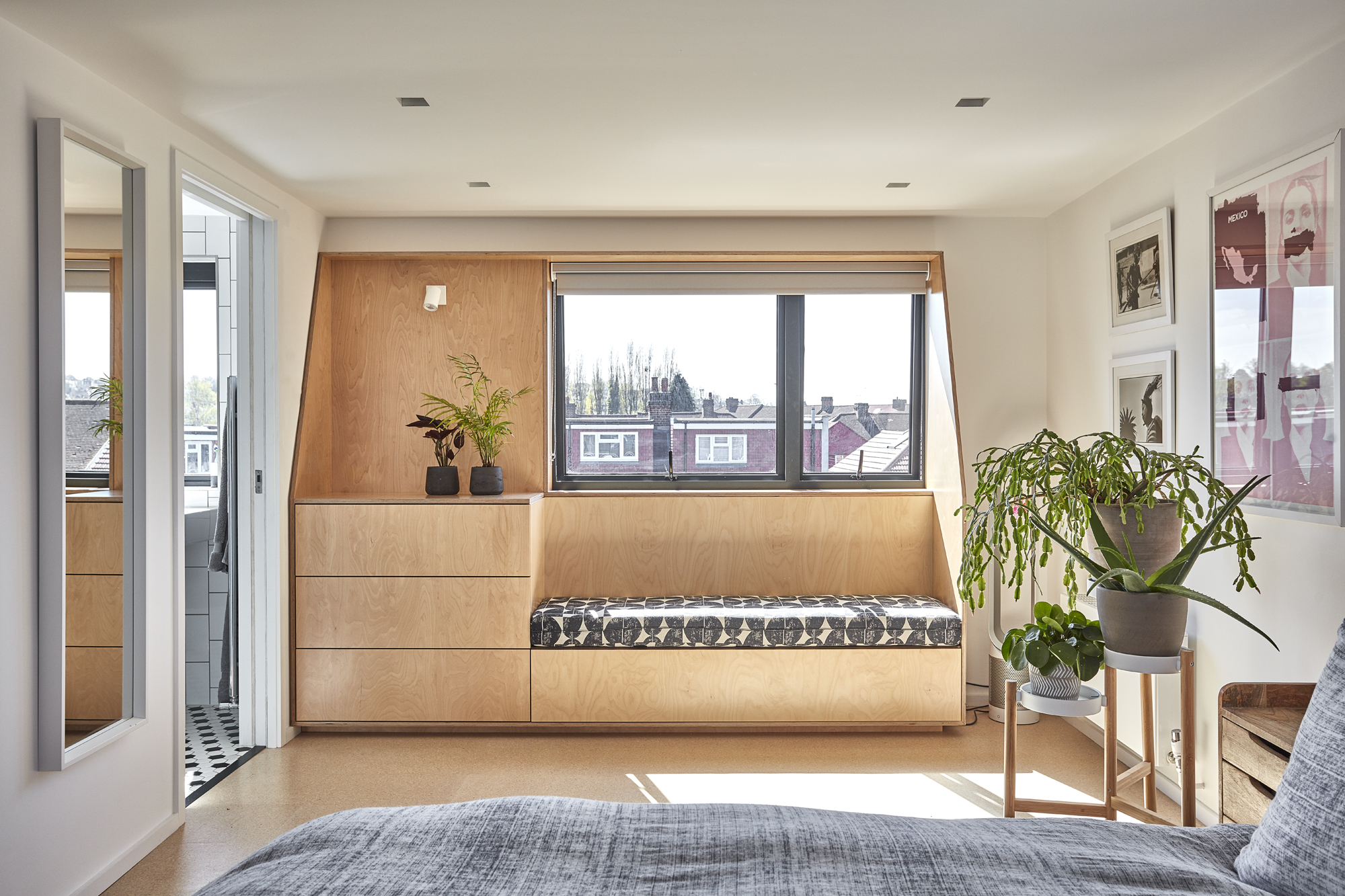

If you want, or need to introduce extra living space into your home, then thinking up loft conversion ideas could be the answer. Because a well-designed attic room will not only create extra habitable space to help free up a busy household, but whether you want to add an extra lounge, bathroom, guest bedroom or even open plan kitchen to your home, it's a really clever alternative to an extension that could even up your property's value.
Whether you need to fit a new sofa up there, or a new sofa bed, you should be able to find a solution that works for your space.
To help, we've gathered a sound variety of loft conversion ideas below, along with design considerations to help get your project underway. But, before you begin any work on the interior design, it's vital to understand your needs, the room's configuration and more. So keep scrolling to see how a simple loft extension can truly transform your property – and for advice on loft conversion costs be sure to check out our ultimate guide.
25 loft conversion ideas
Skip straight to our loft conversion Q&A for information on planning permission, design considerations and more.
- If you are considering a house extension we can help.
1. Create a guest bedroom out of a small loft conversion
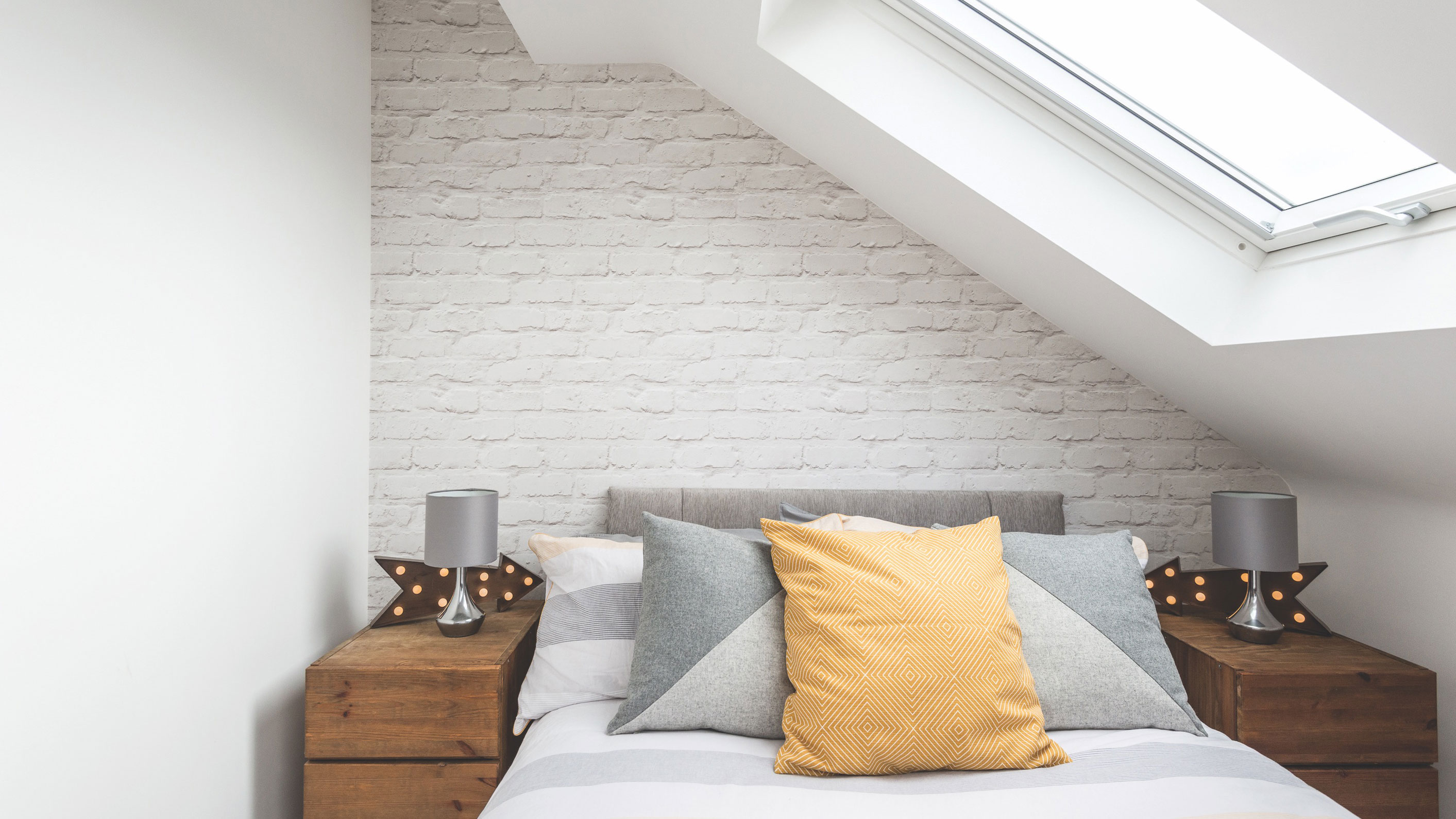
A simple rooflight conversion was completed at the front of this semi-detached house in Beckenham by Econoloft. It cost £38,000
If you're browsing small loft conversion ideas – perhaps a small child's bedroom, a home office, or maybe even a kids' TV room or teen crash pad, first work out whether your small loft is even big enough to convert. We love the simple design of this small loft room, and the light colour scheme brightens it up so that it feels more roomy than it actually measures out to be!
2. Choose loft conversion design ideas that embrace its proportions

Sloping ceilings in attic conversions may seem like a challenge but they are exciting to work with. Be clever with your furniture placement to make the best use of them
If your loft conversion is on the smaller side, or you're opting for a couple of small rooms as opposed to one large one, take advantage of the naturally cosy feel offered by small spaces.
While opting for a light coloured scheme – you really can't beat white – has the power to make a loft rooms feel larger and lighter, it needs to be balanced out to prevent it from feeling too clinical.
Try to pair lighter colours with warm woods and the occasional soft furnishing in a deeper shade, to ensure the room feels cosy and welcoming – this is especially important if your loft conversion is a means of creating a guest or spare room. Use these cosy bedroom decorating ideas for more inspiration.
Get small space home decor ideas, celeb inspiration, DIY tips and more, straight to your inbox!
3. Plan the furniture's layout at design stage
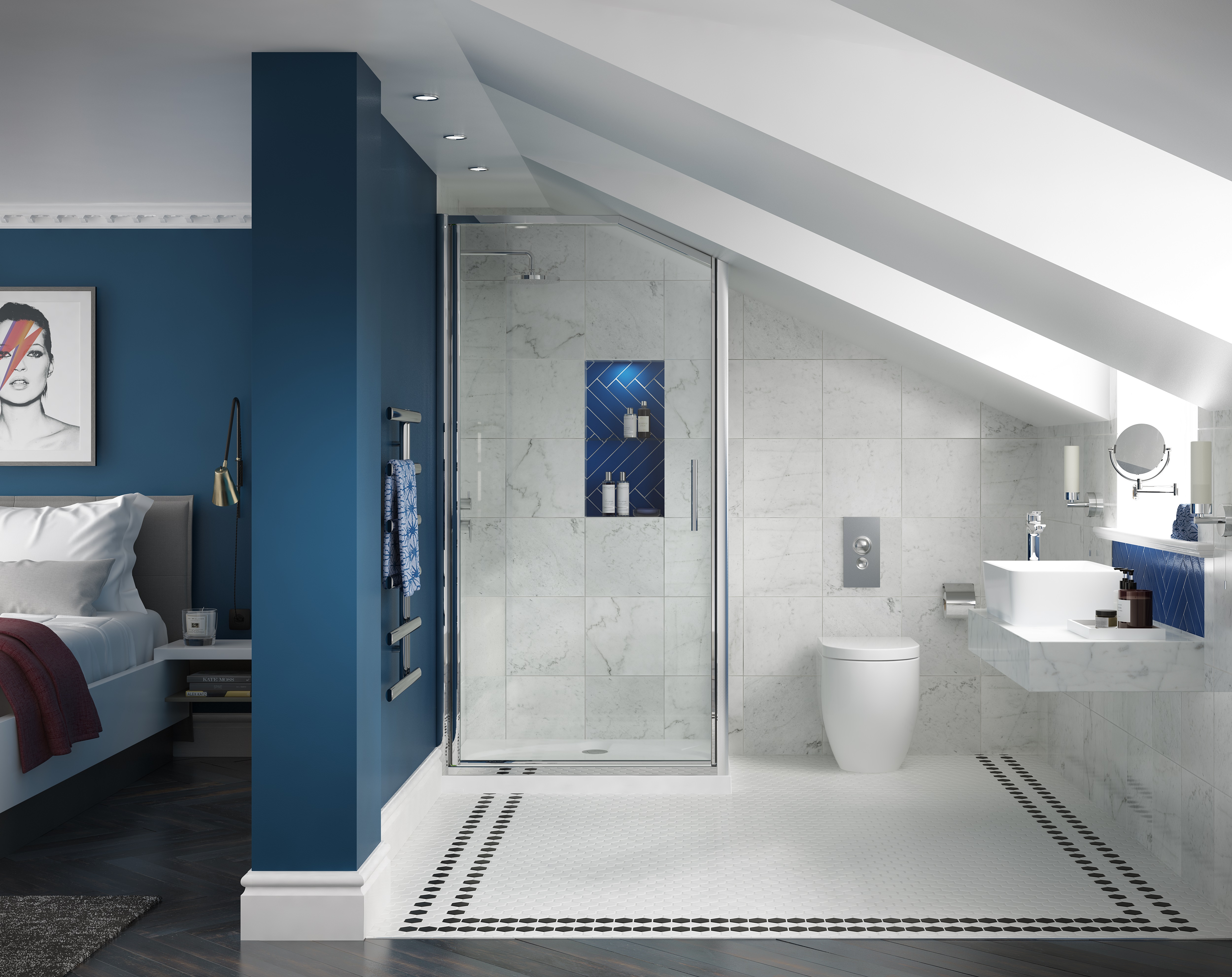
You need to consider the layout of your completed loft conversion long before you start work. This means deciding where you will position pieces of furniture, the bathroom and any built-in storage.
If you are planning an en suite, take into account the ceiling height in the space and prioritise pieces – namely the shower and hand basin – that cannot compromise on headroom.
4. Let your bed take centre stage
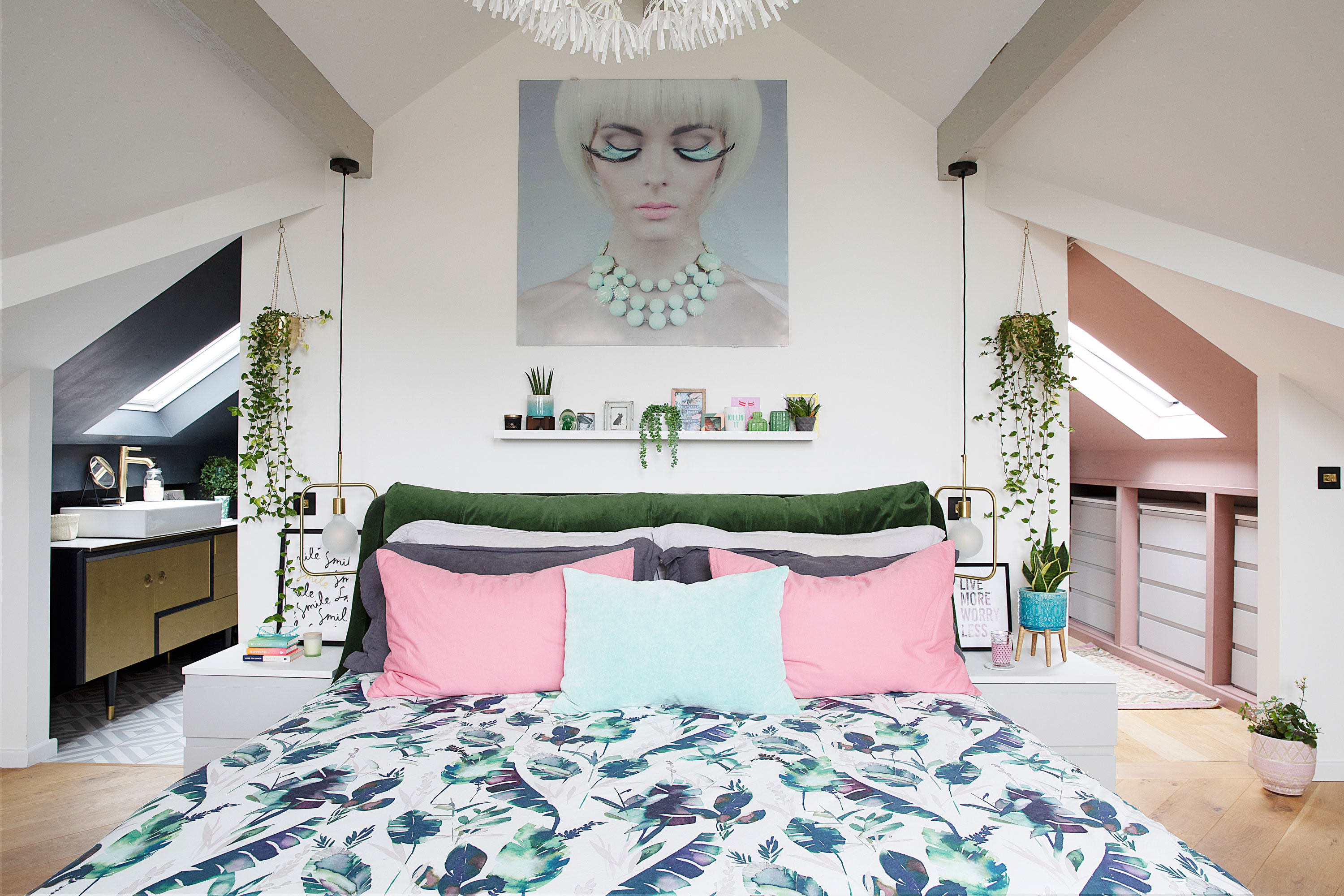
If you have a larger loft bedroom then you can be more dramatic with your layout. Keeping your bed central will make more of a visual impact, and otherwise, think about breaking up and zoning the space. Rather than pushing everything against the walls, consider a stud wall – as above – which will allow you to create an ensuite or wardrobe. You could even use a tall headboard as a room divider to hide more storage behind it, and help keep the rest of your room clutter free.
4. Maximise the daylight in your loft conversion
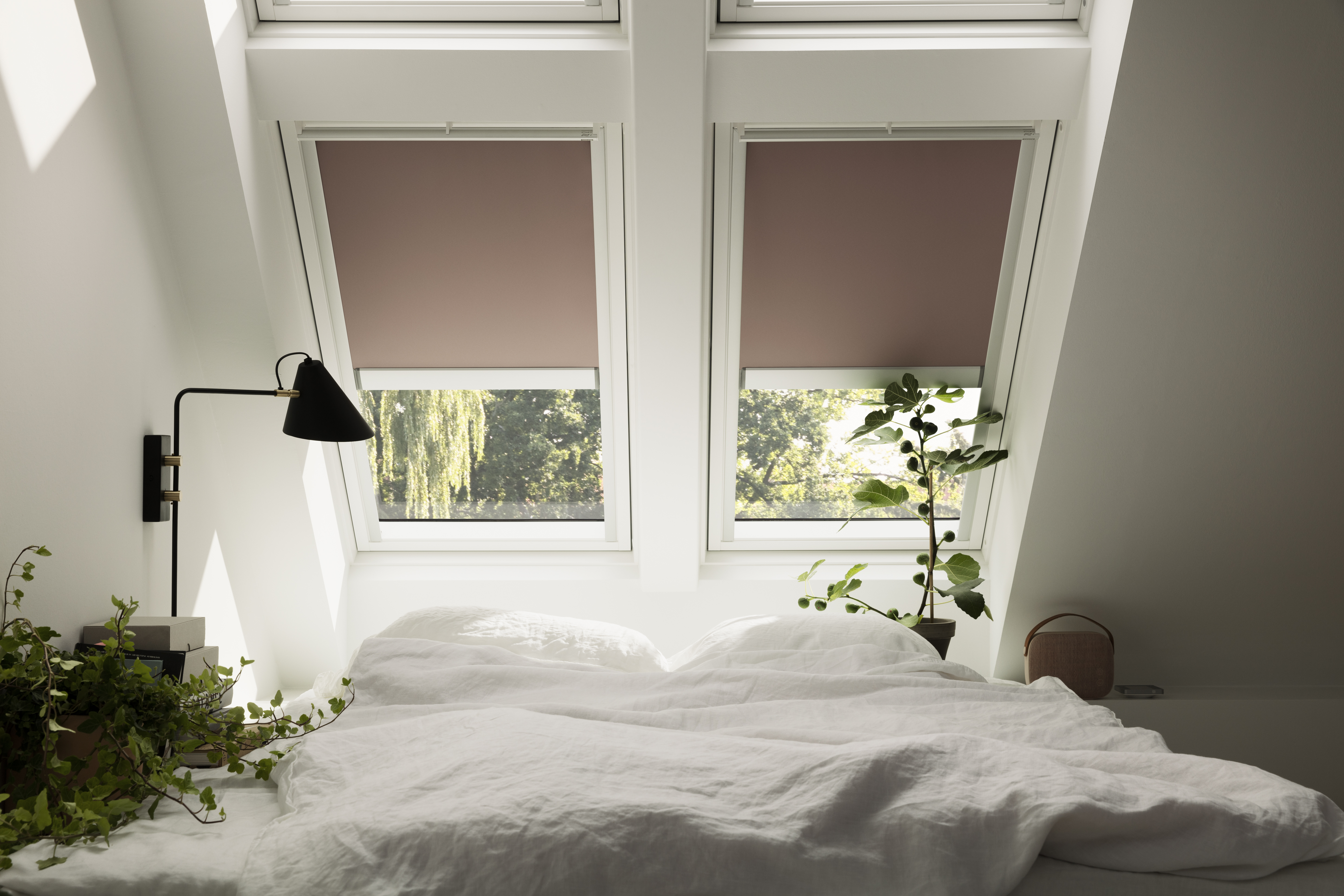
Loft ideas for bedrooms: remember that blackout blinds are a sound option to ensure that an attic bedroom is as practical for sleeping in, as it beautiful to look at
Taking time to think about the size and position of your windows is an important aspect of a loft conversion design. As a general rule, glazing should make up 20 per cent of the roof area if you're keen to maximise natural light.
The position of the windows will often be dictated by the shape of the roof; for example, a long, shallow room will benefit from windows spaced evenly along its length, whereas a narrow, deeper room will benefit from one large window.
‘Since each room varies in shape and size, consider what type of window is required,’ advises Grant Sneddon, daylight expert at VELUX. ‘A top-hung option when the window is within arm’s reach allows an unspoiled view and more headroom – while a centre-pivot window, operated by a rod, or electronically, is best if the window is out of reach.’
Use our guide to maximising daylight to get tons more tips for bringing light into your loft conversion. And see our guide to blinds for loft conversion windows to ensure you can make it perfectly dark when you want to, too.
5. Use a loft conversion to balance out your house
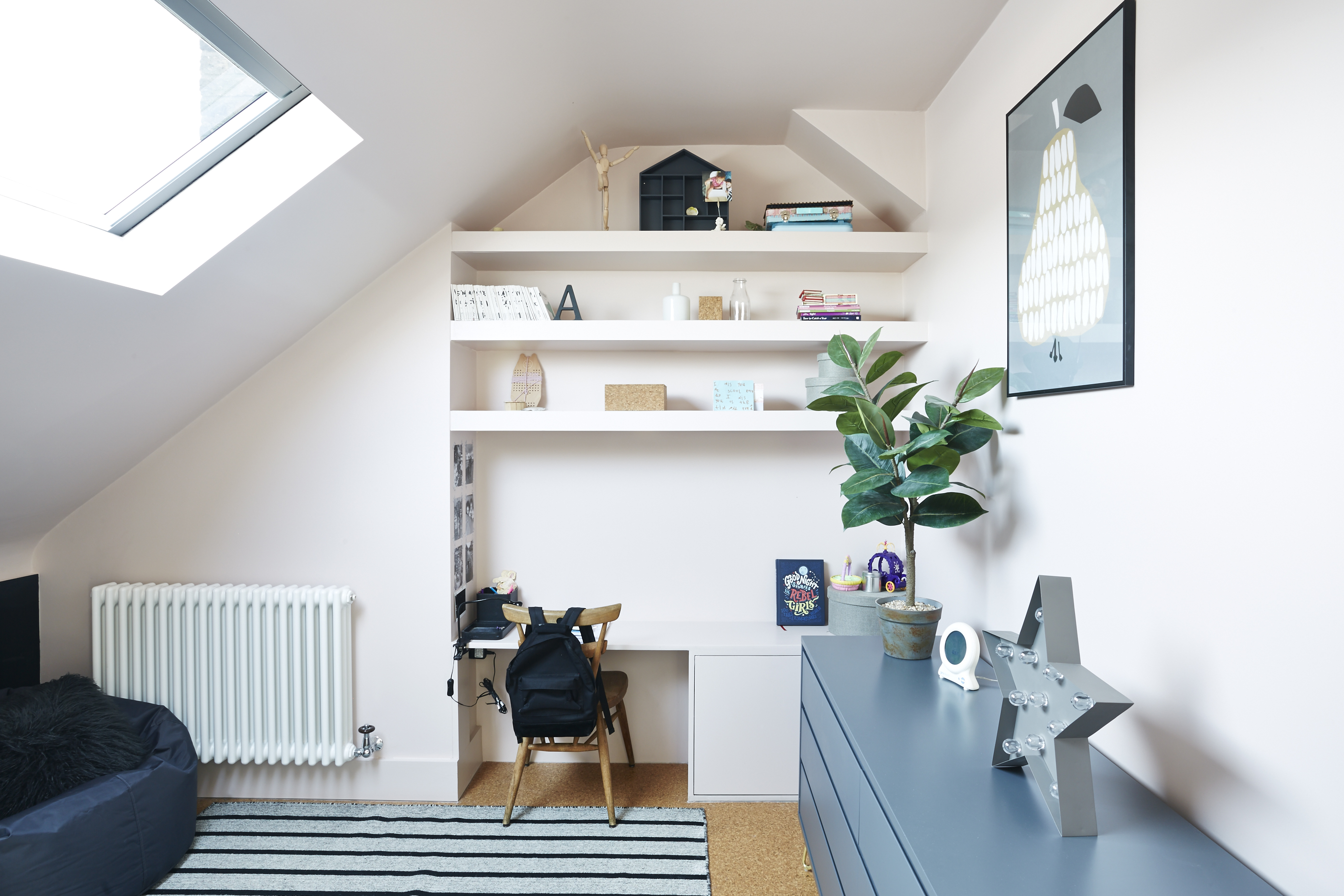
Attic conversions can work for those wanting a stylish home office where storage is readily available too
If you have all the living space you need downstairs but are lacking bedrooms and bathrooms, then a loft conversion can be the perfect way to bring your home into proportion. Most loft conversions are used for an extra bedroom or two, with en suite bathroom. Other popular uses include a den for teens, cinema room or home office. If your home has amazing views, you could consider moving some of the living spaces up into the new loft too, to take advantage of them.
6. Keep your loft room open plan
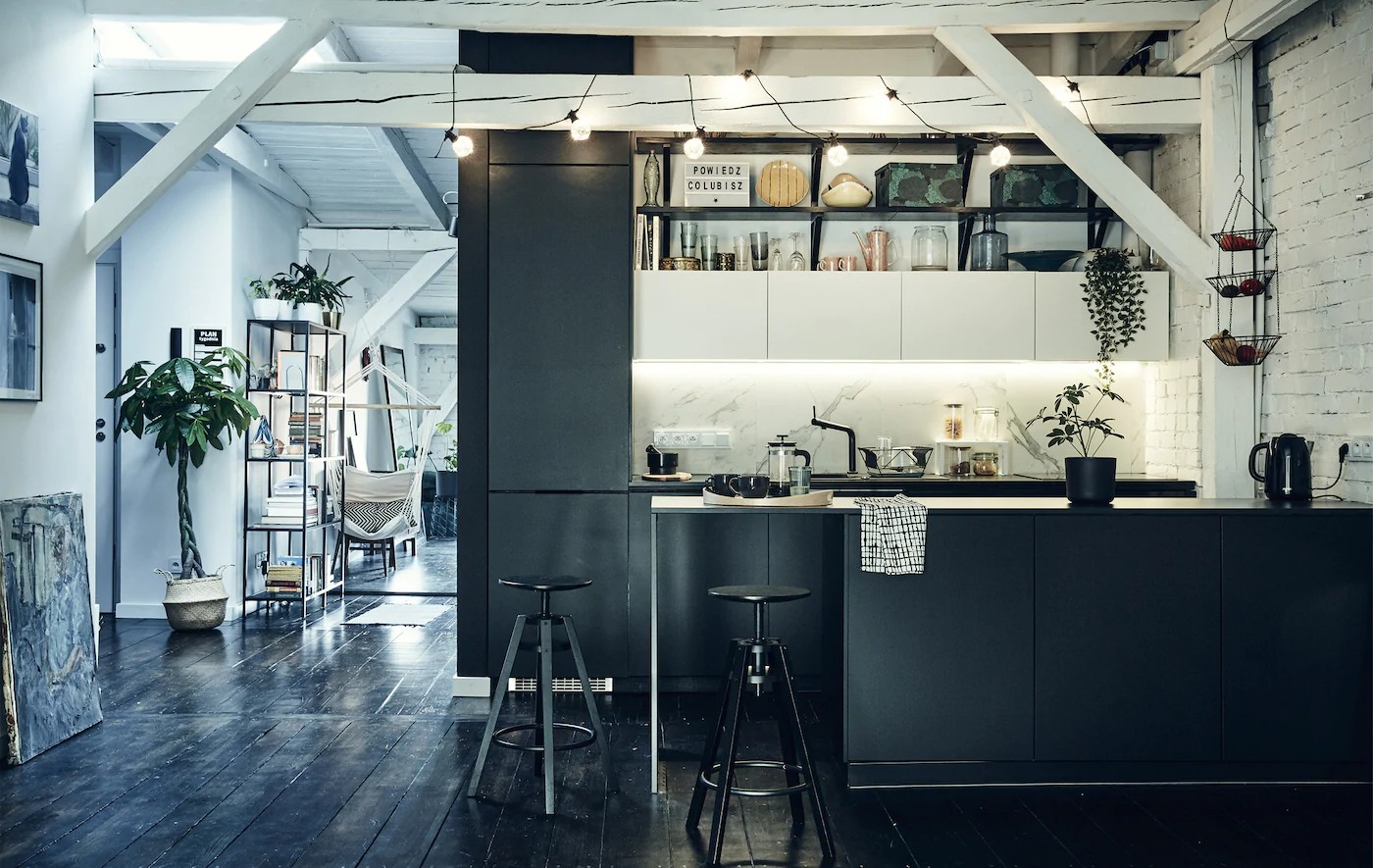
If you're going for a big loft conversion and adding a kitchen, then consider sticking to an open plan kitchen layout to max out the space. We love this loft conversion idea for its modern design, and the chic moody colour scheme works a treat – largely down to the open plan layout that gets rid of the risk of a confined feeling.
7. Incorporate a stylish bathroom into your loft conversion
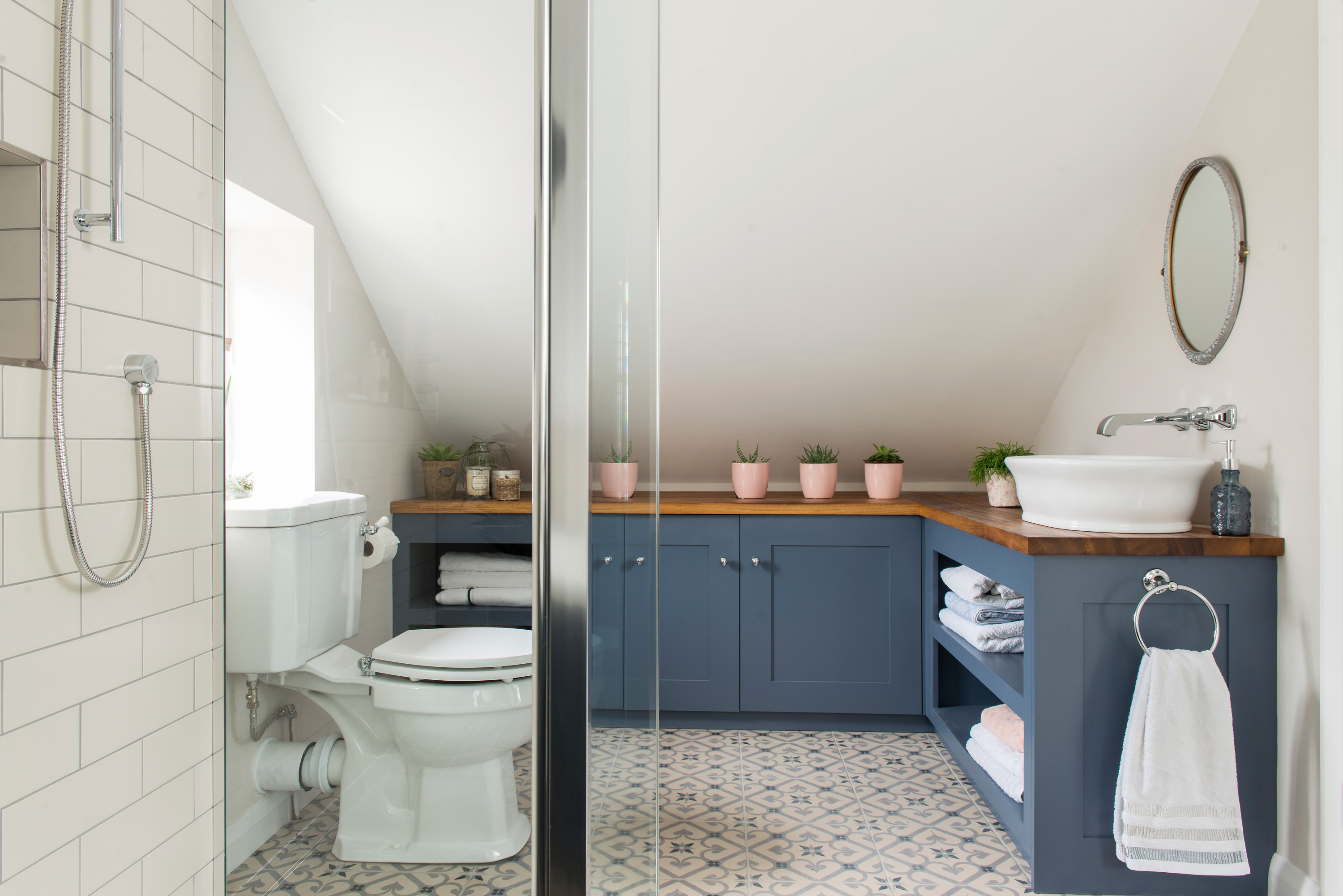
We love the uniqueness of this attic conversion where a stylish wet room now lives
Awkward dimensions and bulky beams don’t have to be a limiting factor in creating a bathroom in a loft space. While showers require a minimum amount of headroom and easy access, a freestanding bath can be sited under a low ceiling. Simple shapes and a traditional colour palette work well with period architecture.
Find out more about the ins and outs of adding a loft ensuite. And check out our small bathroom design ideas for inspiration.
- 73 amazing bathroom ideas for every space, style and budget
8. Or install a practical (and stylish) shower room
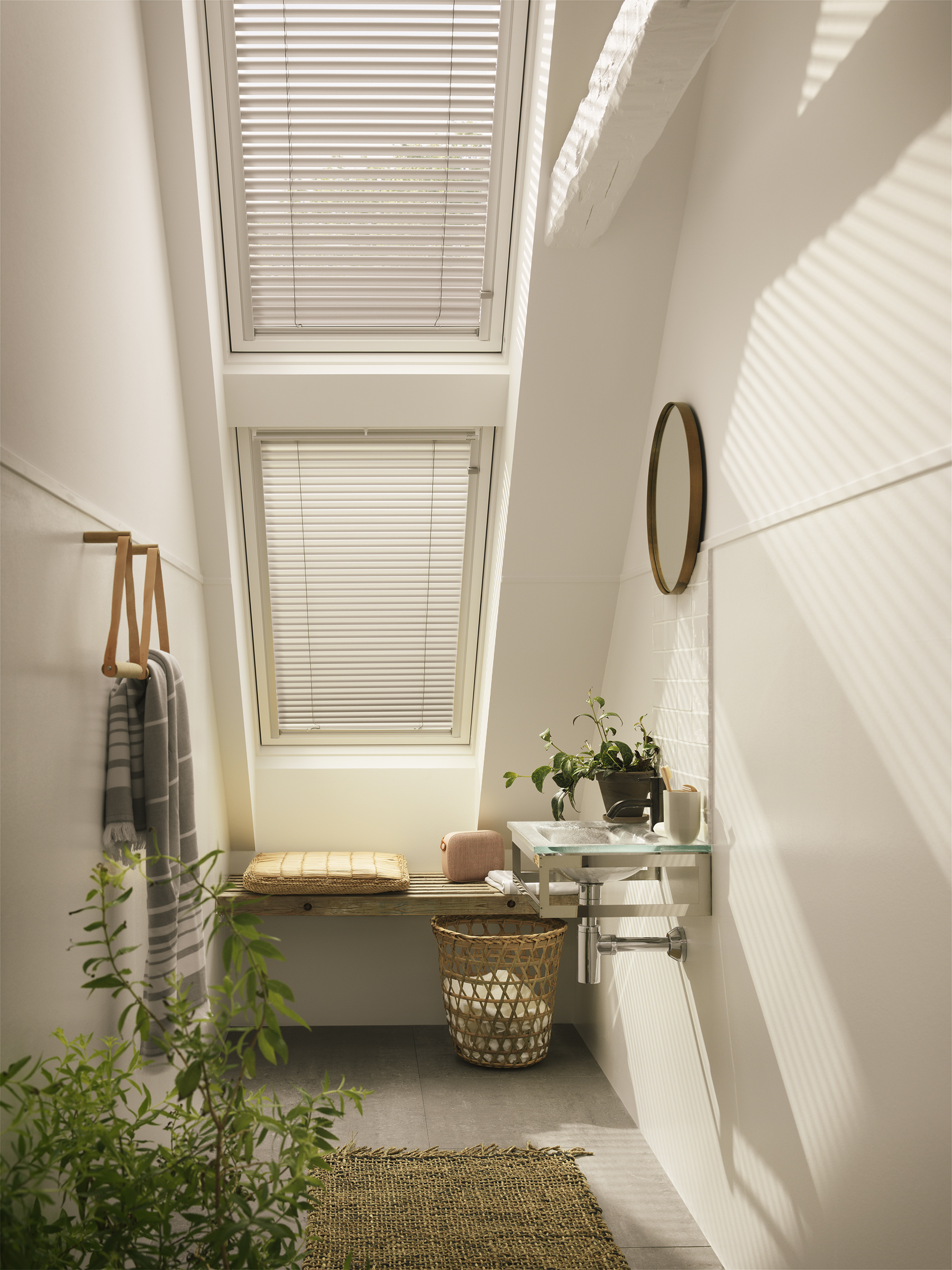
Small attic conversions make perfect use of smaller or even awkward spaces. The natural light in this loft room makes it the perfect hideaway space to relax in
A stylish shower or wet room is a great use of a loft conversion idea, but you’ll need to check that you have enough headroom for a shower.
In addition, if there isn’t a good-sized window, you’ll need to fit an extractor fan. Concealed shower fittings will help to make the most of the space, and a bespoke glass panel can be made if needed. Find out about choosing the right shower enclosure, screen or door for your space.
9. Create a home office in your loft conversion design
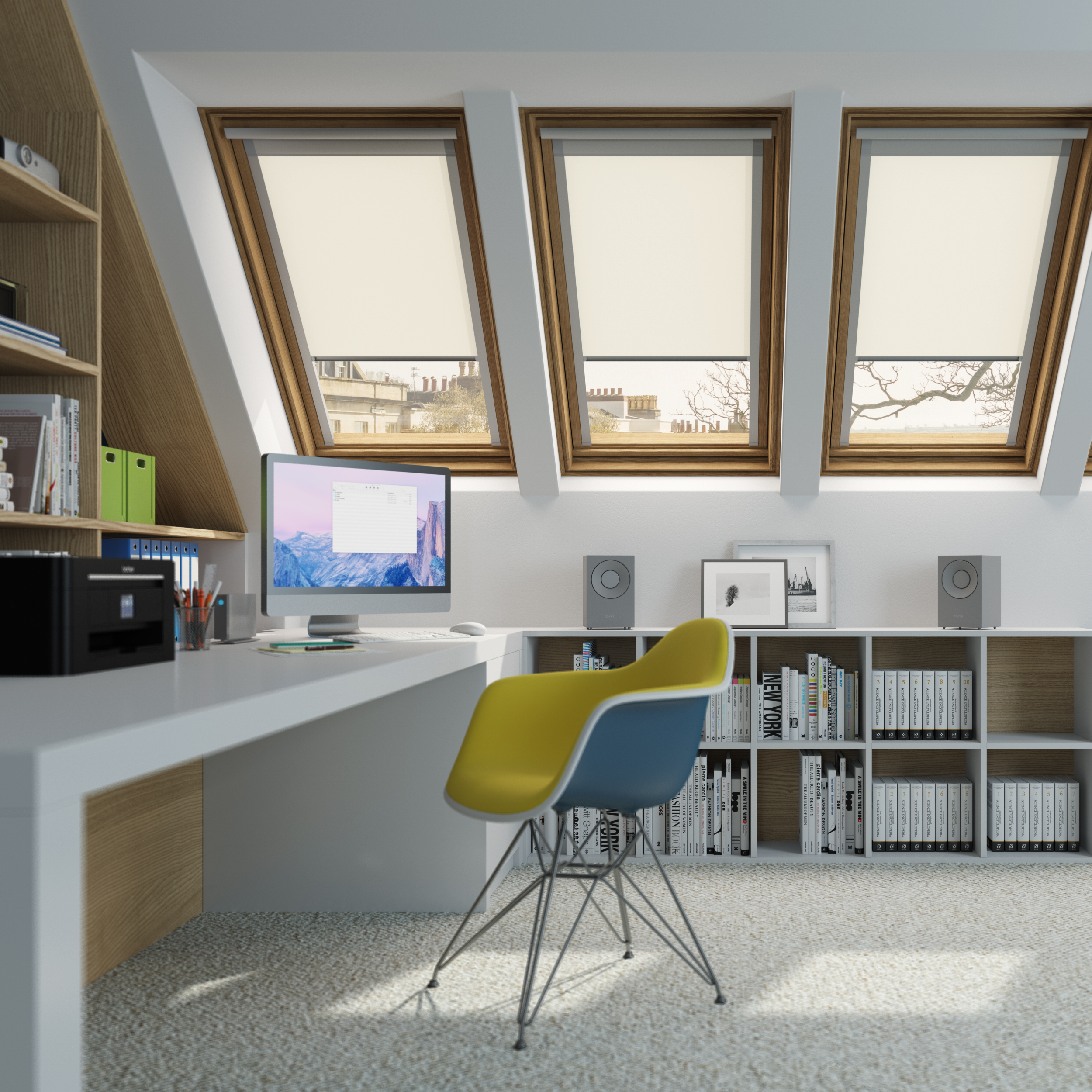
If an extra bedroom in the loft isn't what your family needs, but you work from home, a home office might be a good loft conversion idea for you. In order to maximise productivity, a home office requires plenty of natural light, so steer clear of black-out blinds and heavy materials.
Instead, opt for pale blinds in soothing neutral shades that still let the light in but will also reduce glare when they’re closed, allowing you to work efficiently even when the sun starts to drop. They're as essential for dazzling summer days as for shorter days in the winter months.
If you're planning on transforming your loft conversion into a home office, you'll find our specialist guide to home office design a handy read.
- Find plenty more home office ideas in our feature.
10. Fit out a loft conversion for kids
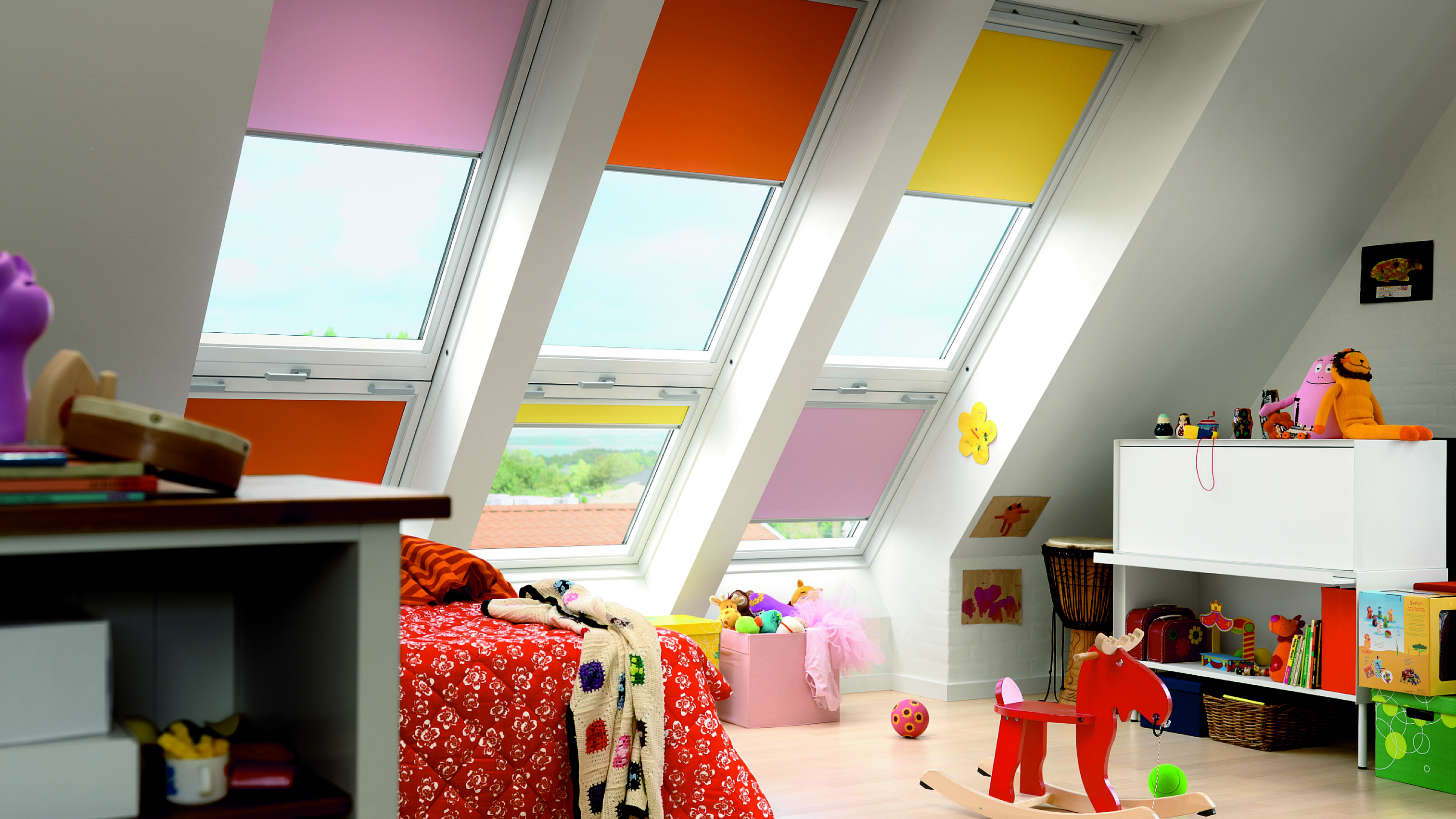
Lofts make great kids' bedrooms, playrooms or extra space for kids and teenagers, but it’s important to keep them cosy so they’ll get plenty of use.
We'd advise keeping the scheme simple and injecting personality through the use of soft furnishings and other accessories, this way changes can be made easily (and inexpensively) as their interests change. Check out our guide to how to design a playroom for more tips and ideas.
11. Design a dressing room in your loft conversion
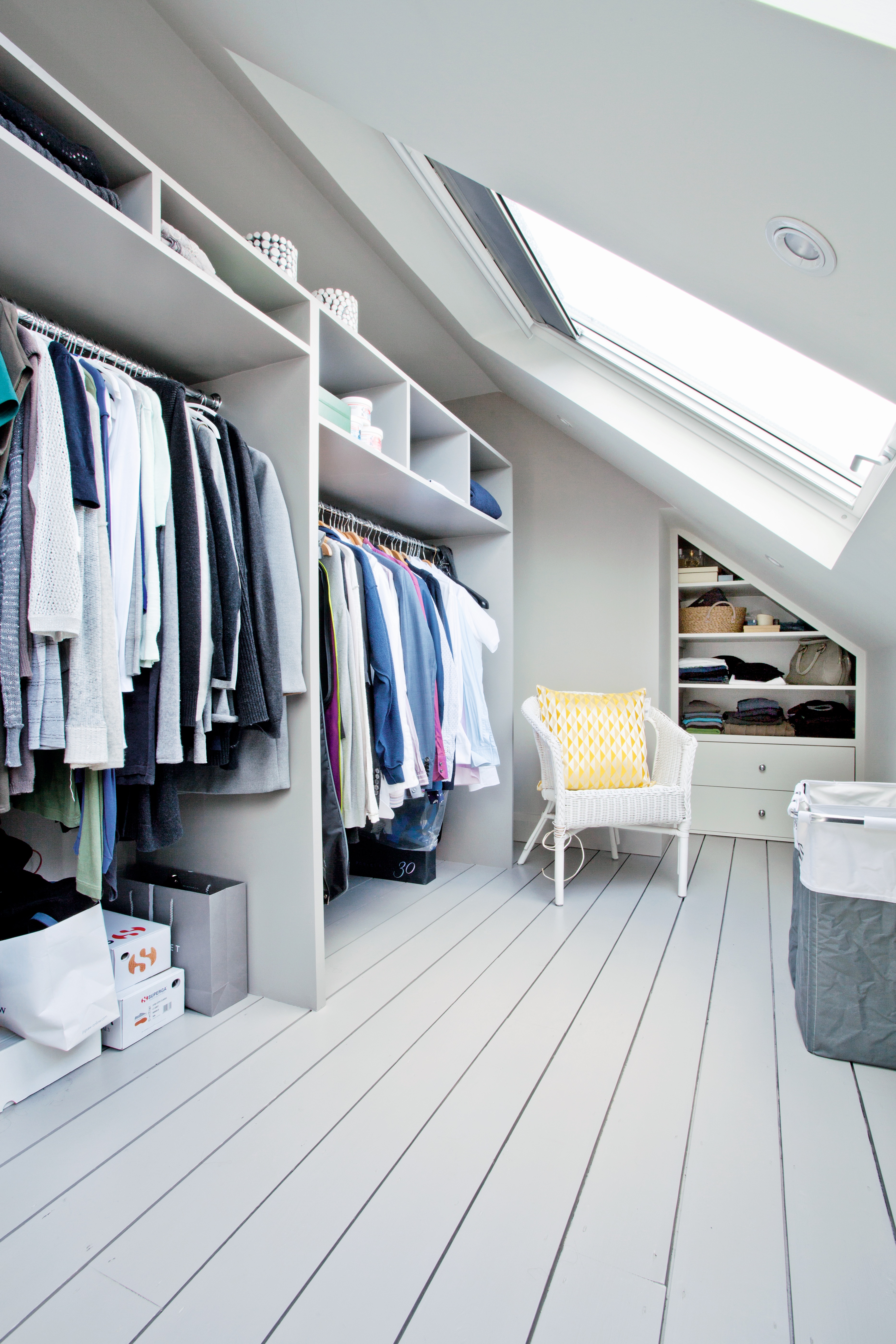
Think of alternative loft conversion design ideas. Making a dressing room is a clever way to keep your bedroom free from clutter or eccentric storage solutions that you may not actually have room for!
This bespoke dressing room (the stuff of dreams, right?) makes clever use of the space in the eaves with built in storage that combats the limitations of an awkward sloping roof.
A large skylight floods the space with natural light, while floorboards are positioned to give the appearance of a longer space. We love the idea of tacking this walk-in wardrobe onto the side of a large master bedroom. If you're unsure of how to style your loft-conversion dressing room, see our guide to more dressing room ideas.
12. Or a walk-in wardrobe...
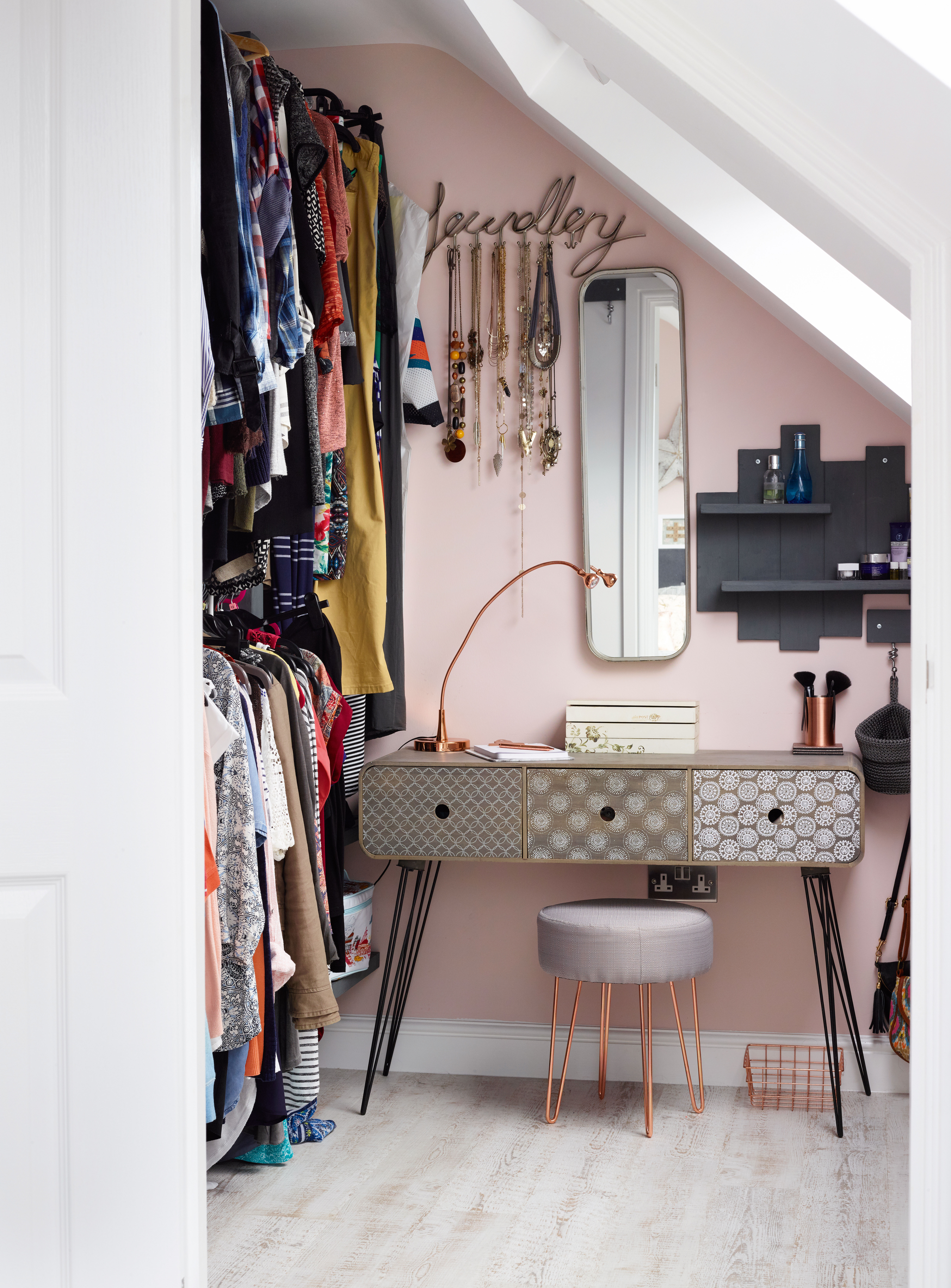
If you don't have masses of space, but love the idea of incorporating a dressing room into your loft conversion, opting for an open wardrobe or clothes rack can dramatically reduce the amount of space required.
13. Create a home library
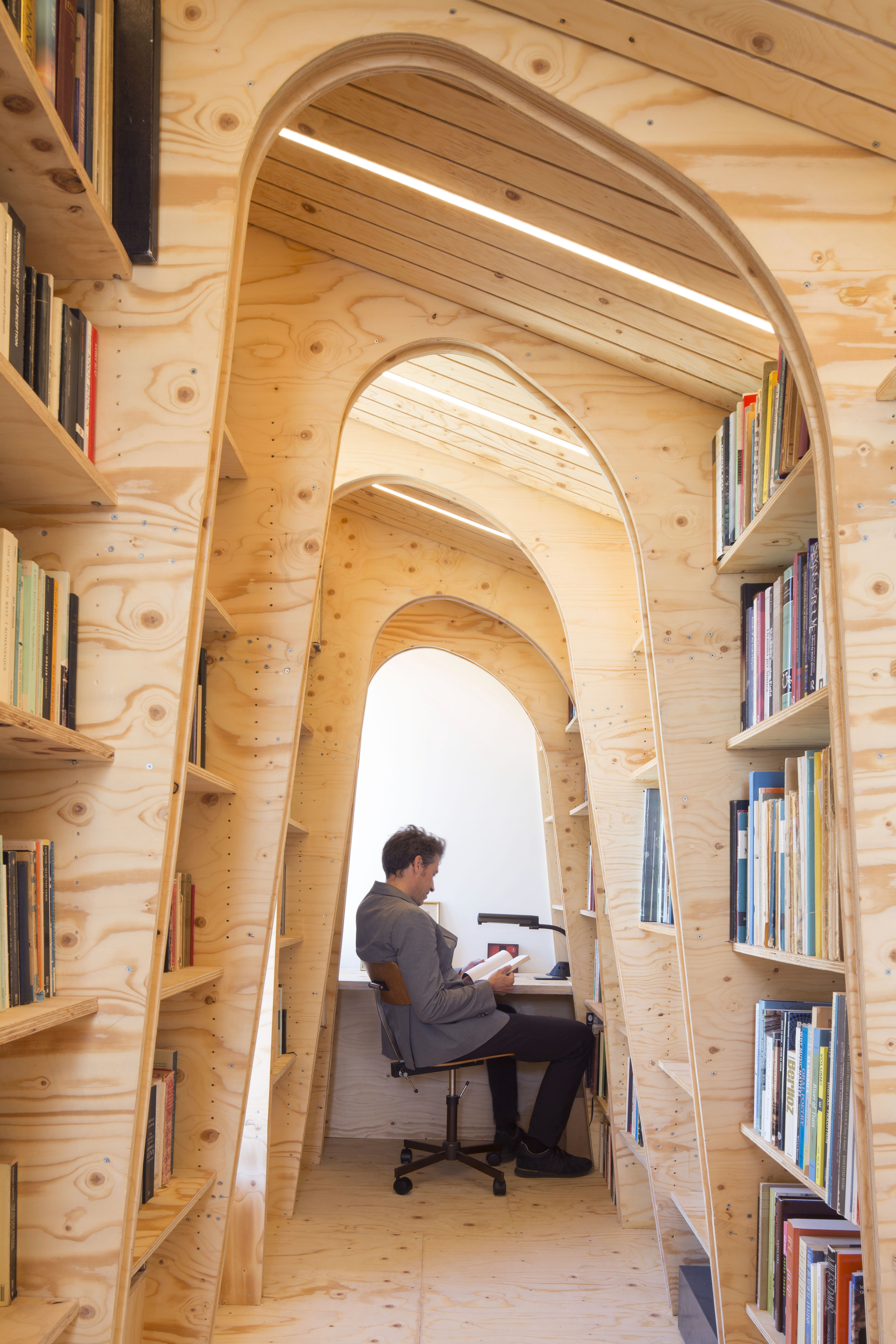
Love reading? How about a dedicated spot for a collection of books, vinyl or whatever else you cherish? Even a limited space can be put to good use. This 10sq m library was created within the existing roof space of an East London end of terrace house. The design by Arboreal Architecture replaced the diagonal roof truss timbers with plywood arches, slotting bookshelves between them and including a small bench by the stairwell and a study space at the end.
14. Or, incorporate a small living room in your bedroom space
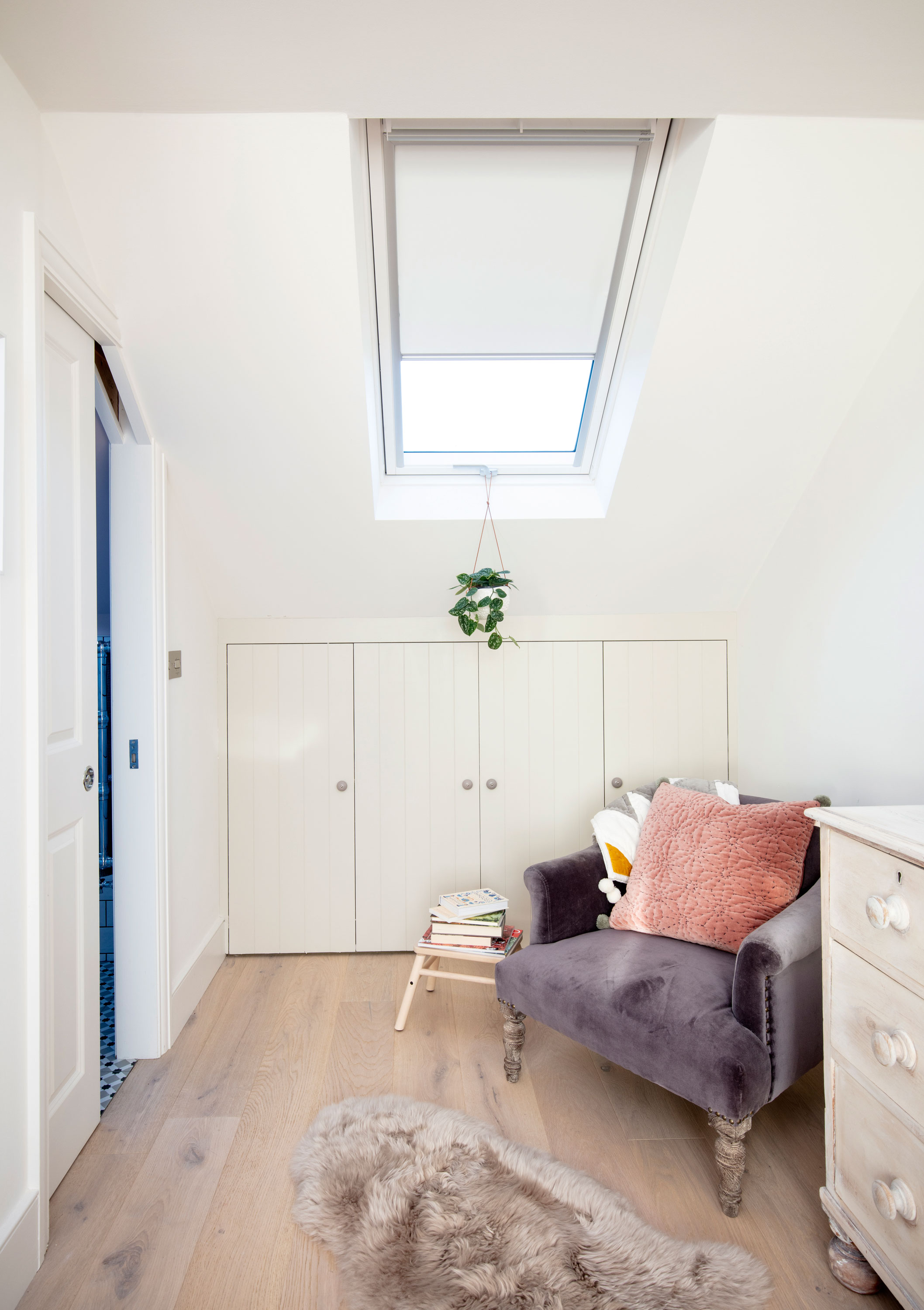
You'll often find there are lots of nooks and corners of loft bedrooms that can be tricky to know what to do with. We love the idea of a cosy reading area – all you need to create this look is a nice armchair, some loft lighting, throw down a thick rug and voilà, an instant space to hunker down with a lovely book.
For more reading nook ideas head over to our feature ,and if you need real living room ideas we can help with that too!
15. Use eaves space wisely for fittings and storage
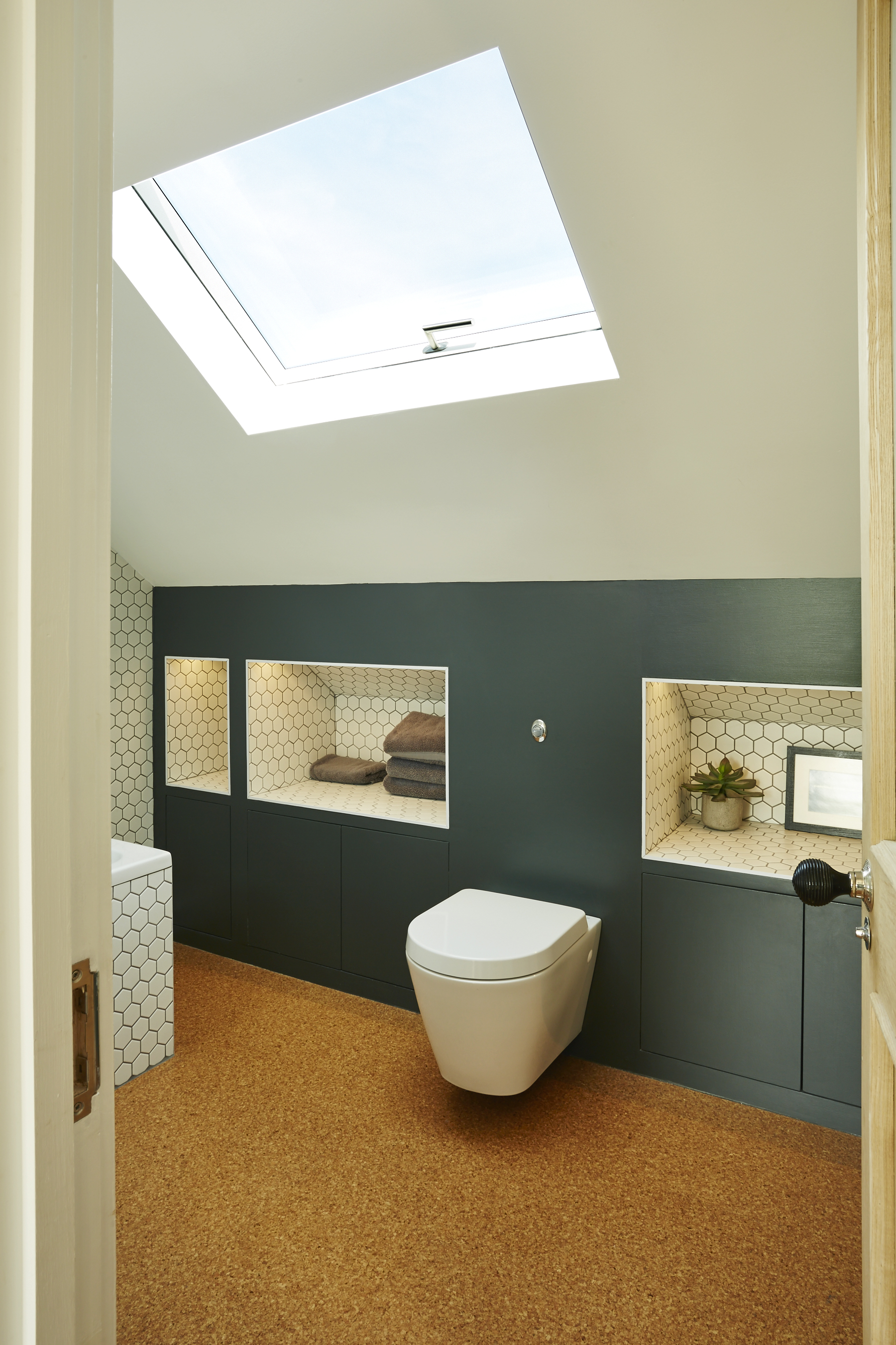
If you're designing a bathroom to suit a loft conversion and are looking to tackle an awkward space, consider building handy recesses into the eaves. They make the most of space that might otherwise have been wasted and make a sleek addition to a contemporary bathroom – especially when designed to complement the rest of a scheme. They're also the best place for the toilet and bath to be sited.
16. Find storage solutions designed to fit awkward spaces
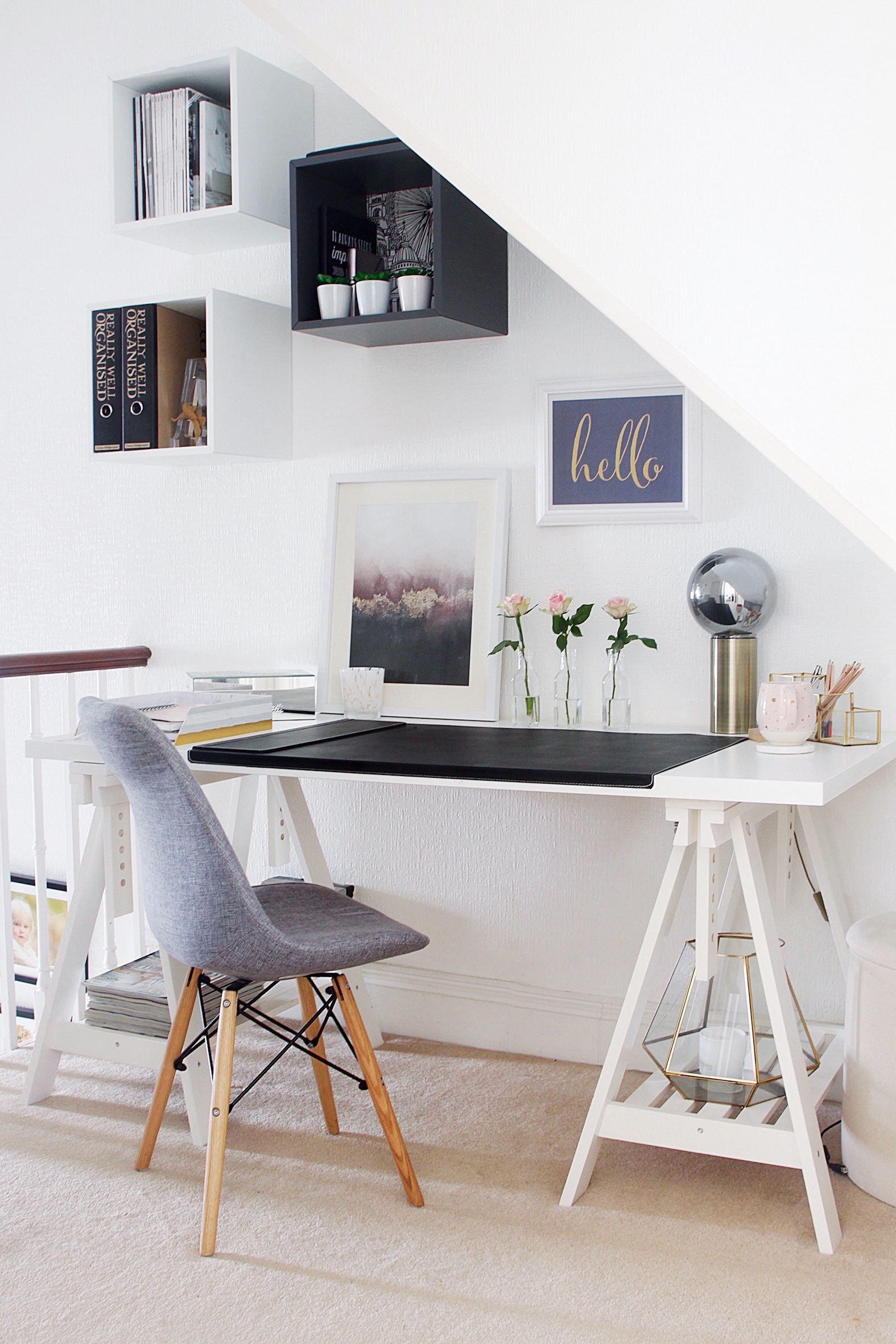
Making the most of a loft conversion often means embracing the awkward spaces that can accompany them. If it's possible, insert shelves or a desk into a difficult corner, or have cupboards custom-built to suit a slanted roof, as this is a great way to maximise space and provides a handy storage solution. Use these alcove ideas to inspire more ways to fill awkward spaces usefully.
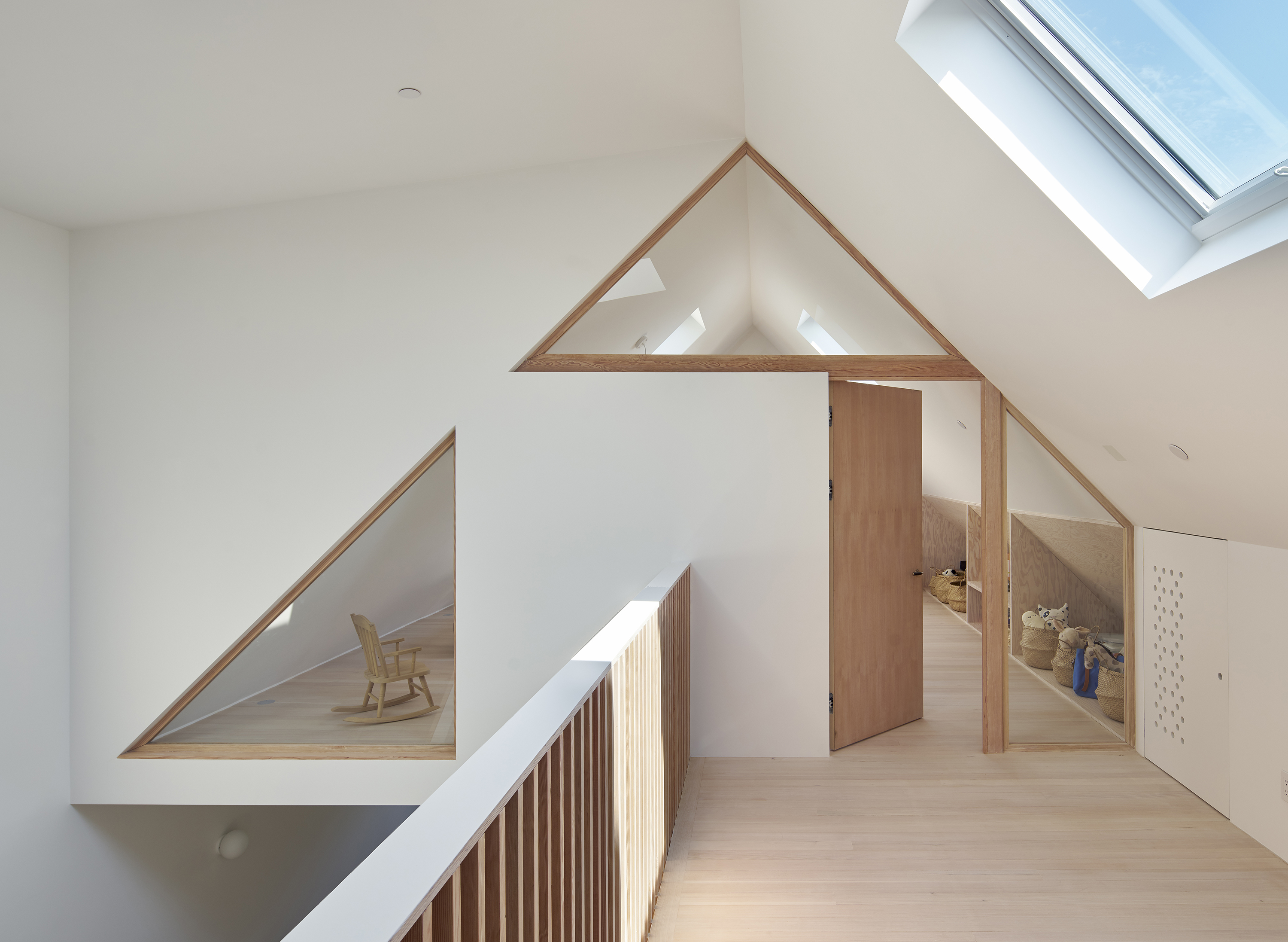
It isn't all about furniture you buy off the peg though. Fitted options work really well in a loft conversion. Companies like Barbara Genda, Neville Johnson, Sharps and Hammonds all offer brilliant bespoke arrangements, or you can ask your builder or carpenter to include storage as part of the build.
17. Explore all the angles
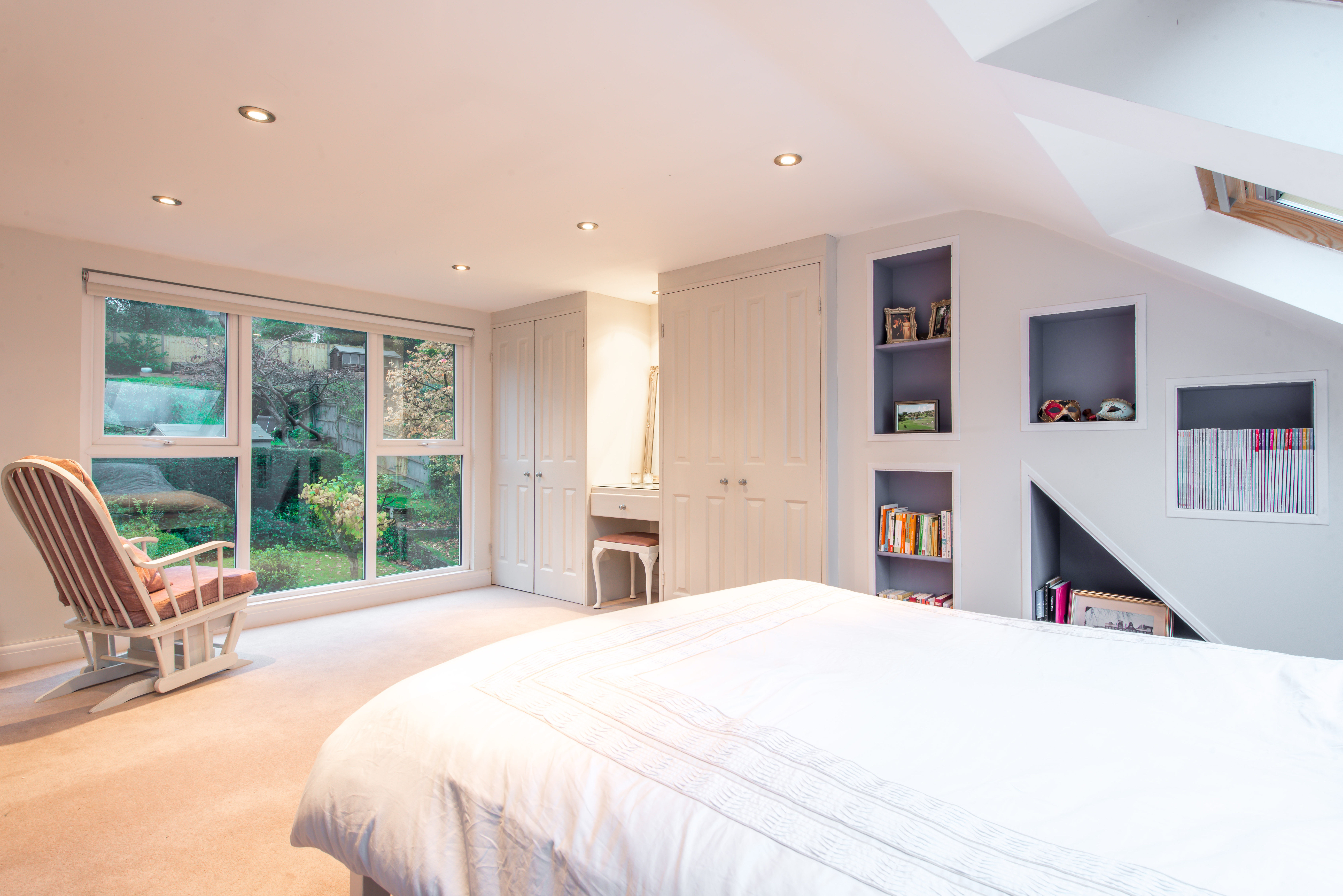
If you want special features such as display shelves, as seen in this gable and full length rear dormer loft conversion by Econoloft, you should discuss them with your builder in the early build stages
If your project is limited to an existing attic space, take full advantage of the roof line to divide the loft in a way that’s both practical and visually impressive. In this Victorian apartment above in San Francisco Mork-Ulnes architects partitioned off the gabled attic into bedrooms using a series of partial-height walls, inserting glazing panels into wooden framework to complete the triangular shape, and allow plenty of light to flood the spaces.
18. Create interest with a feature wall in your loft conversion
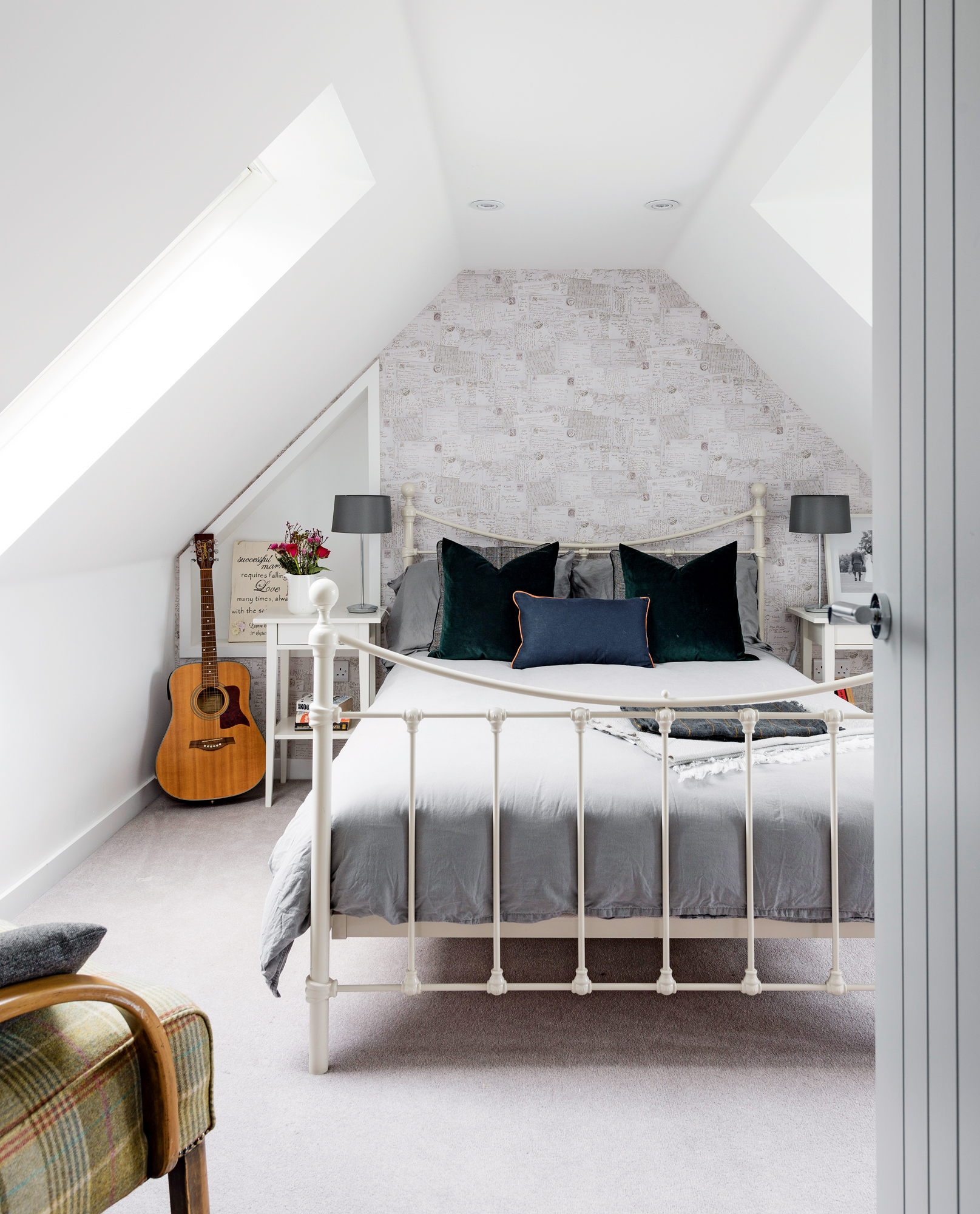
While white is the go-to option if you're looking to create the illusion of a larger and lighter space in an attic conversion, a one-shade scheme may not be to everyones taste. Consider opting for a patterned wallpaper – preferably with a subtle repeat print – and in a complementary, light hue if you're keen to add a little more interest.
This is particularly effective if you opt for a feature wall positioned at the end of a room – as it draws the eye and creates the illusion of more length in the room. See our feature wall design ideas for inspiration.
19. Use made-to-fit roof blinds for a loft conversion
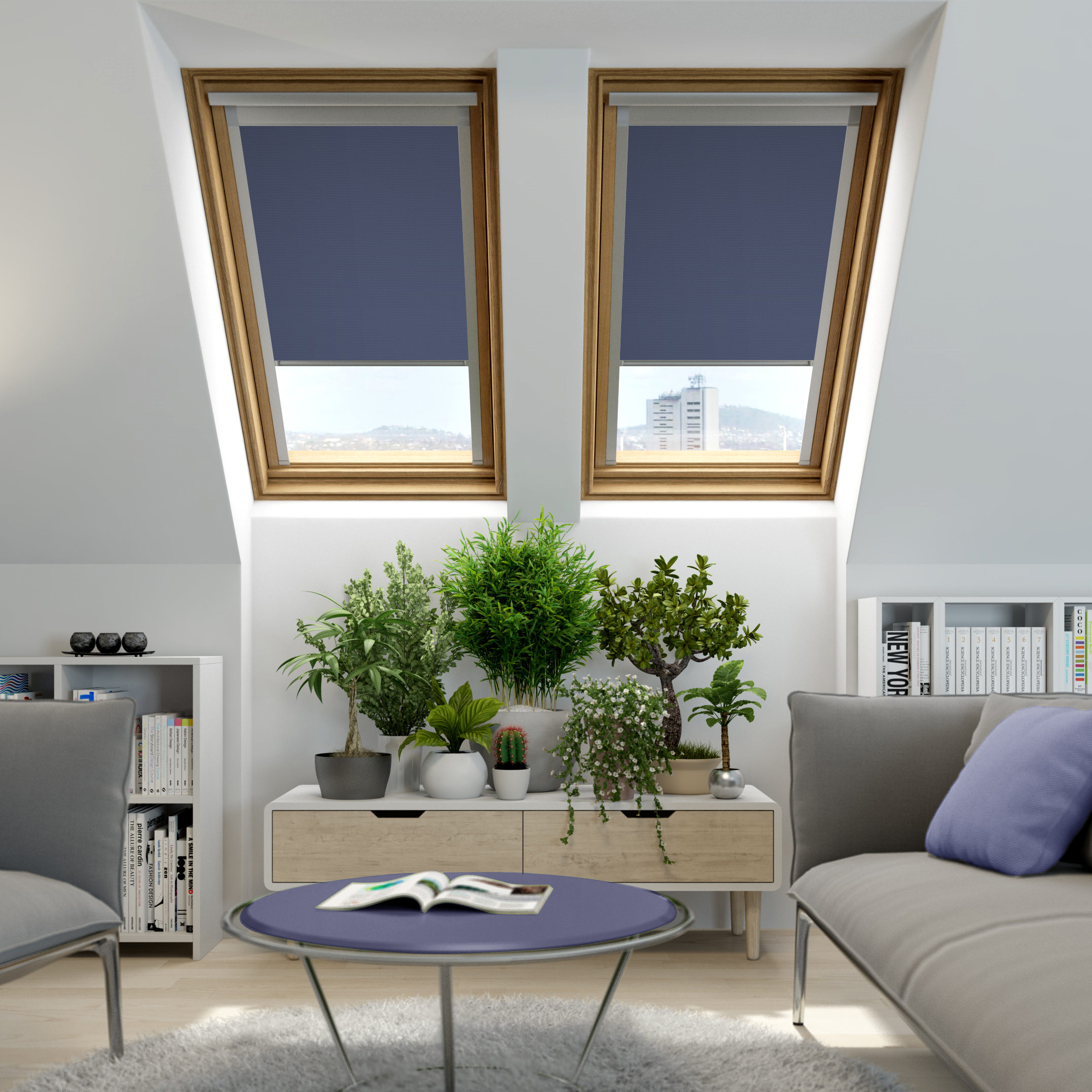
When decorating a newly converted loft, window treatments will be high on your list of must-haves – mostly because the toplight you get through roof windows is so much brighter than the light that comes into a room via a window in a wall. Use our guide to buying blinds for roof windows to make the right choice for your loft conversion, and bear in mind that made-to-fit are usually your best option.
Consider using houseplants to make the space feel more lived-in and calm too. Positioned beneath large skylights, they'll complement the natural light flooding in. For tips on which house plants are best suited to a loft, have a read of our guide.
20. Reclaim and reuse materials for a lived-in look
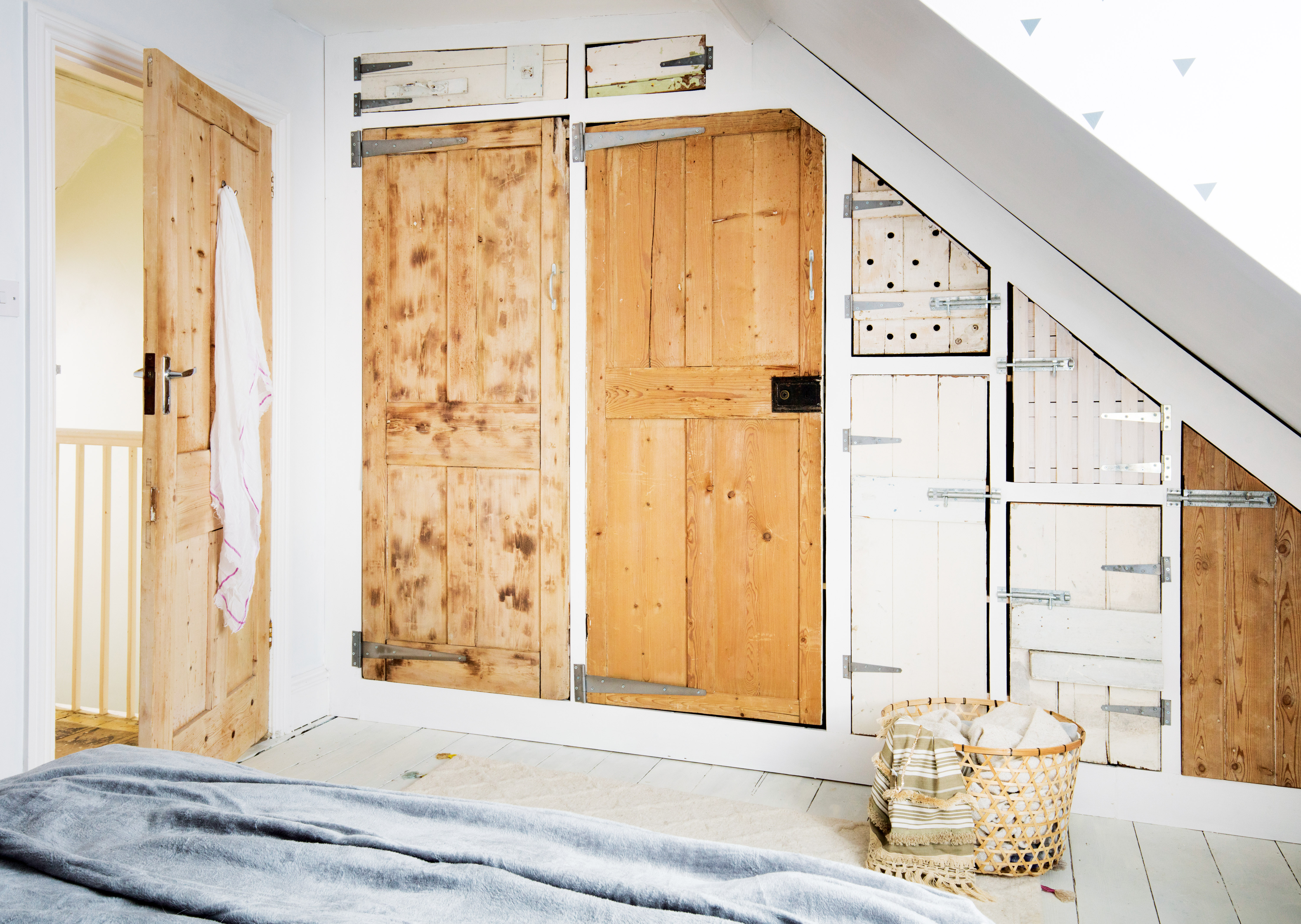
Get more creative with your design than just flush doors and drawers. We love the look of this loft storage. It's actually built using a shelving unit from Ikea and then the cupboard fronts have been created with reclaimed doors cut to size. Very cool.
21. Fit full height doors or windows to square the space
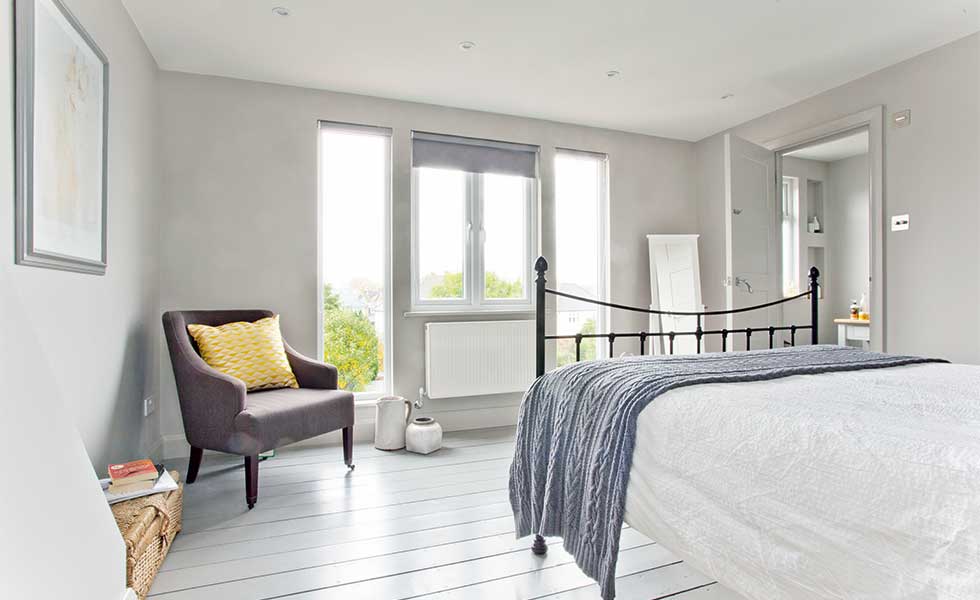
A1 Lofts & Extensions added full-length glazing opposite the bed to make the most of the new views. It cost about £58,000. Photo: Fraser Marr
Good light is a must, of course, but if you can construct your loft to incorporate full height French doors over a Juliette balcony, or tall panels of glazing, you will make the room feel more like a natural addition to the house, create a feeling of a bright, light space, and, no doubt, be able to take better advantage of great views.
22. Keep beams visible for structure
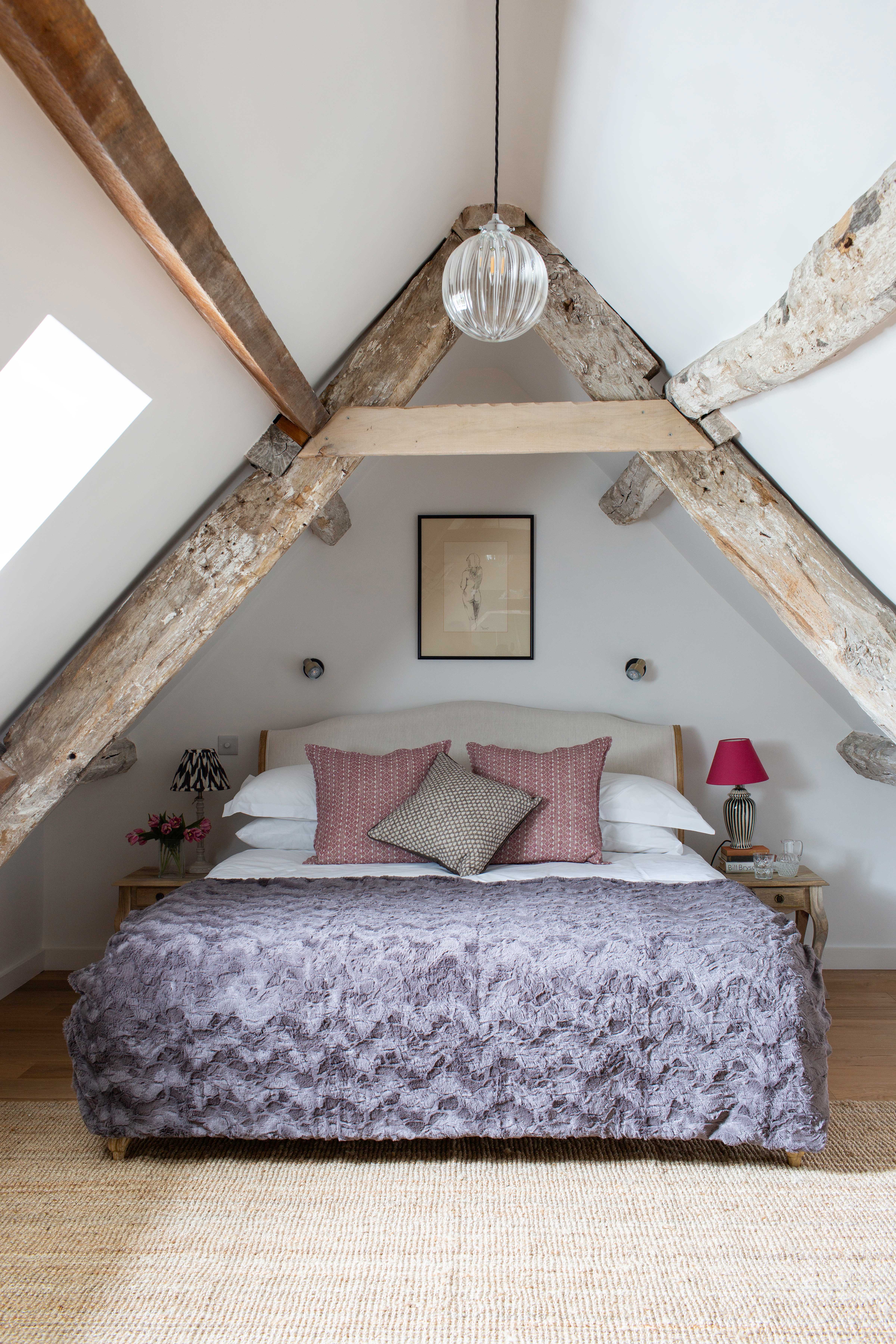
Loft bedrooms, more often than not, tend to be small. However, there can sometimes be nothing more lovely than a cosy loft space, so think about enhancing what room you do have instead of hiding it. Keep beams visible to up the level of snug, dress the space with lots of textures – cushions, throws, rugs – and keep colours and materials soft and neutral. Some fairy lights wouldn't hurt either to complete the look! For more beautiful bedroom ideas take a look at our feature.
23. Get the loft extension's stairs just right
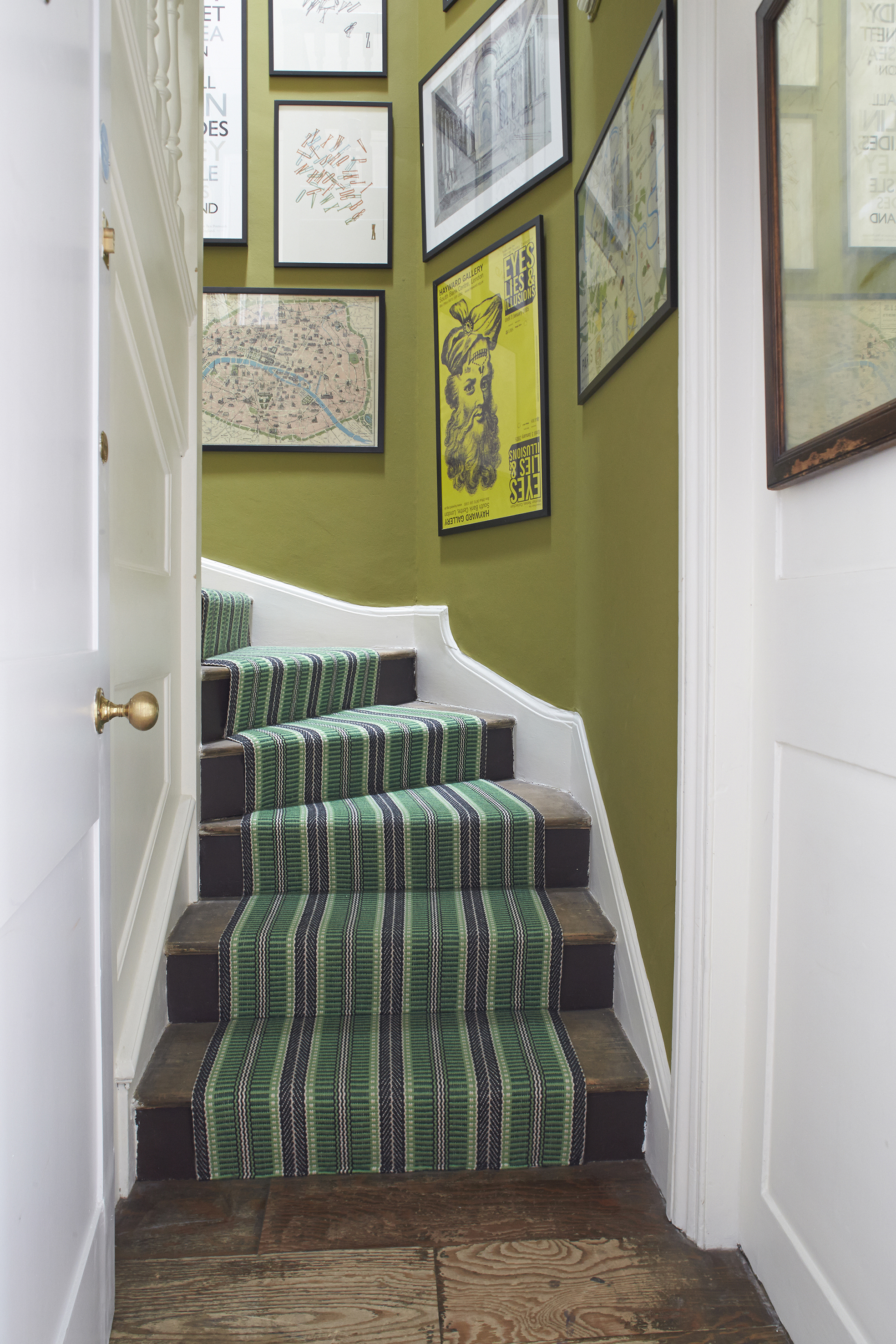
The location of your loft conversion stairs should also be considered during the early stages. Consider all possible options in order to maximise the space offered within your loft conversion. Decisions such as placing the door at the top or the foot of the staircase can also mean the difference between a boxy loft conversion, and one that is more open.
Ideally, though, you want the loft conversion stairs to feel like a continuation of the stairs from your ground floor to first floor. To do this, match the designs as closely as possible – including bannisters, handrail and paint finishes. Attempt to get the same carpeting or flooring, mouldings, such as skirting, wall coverings or finishes and even decor as far as possible. Doing so will help blend your loft into the rest of the house, making it feel like a natural addition that's always been there.
24. Position the door into the loft
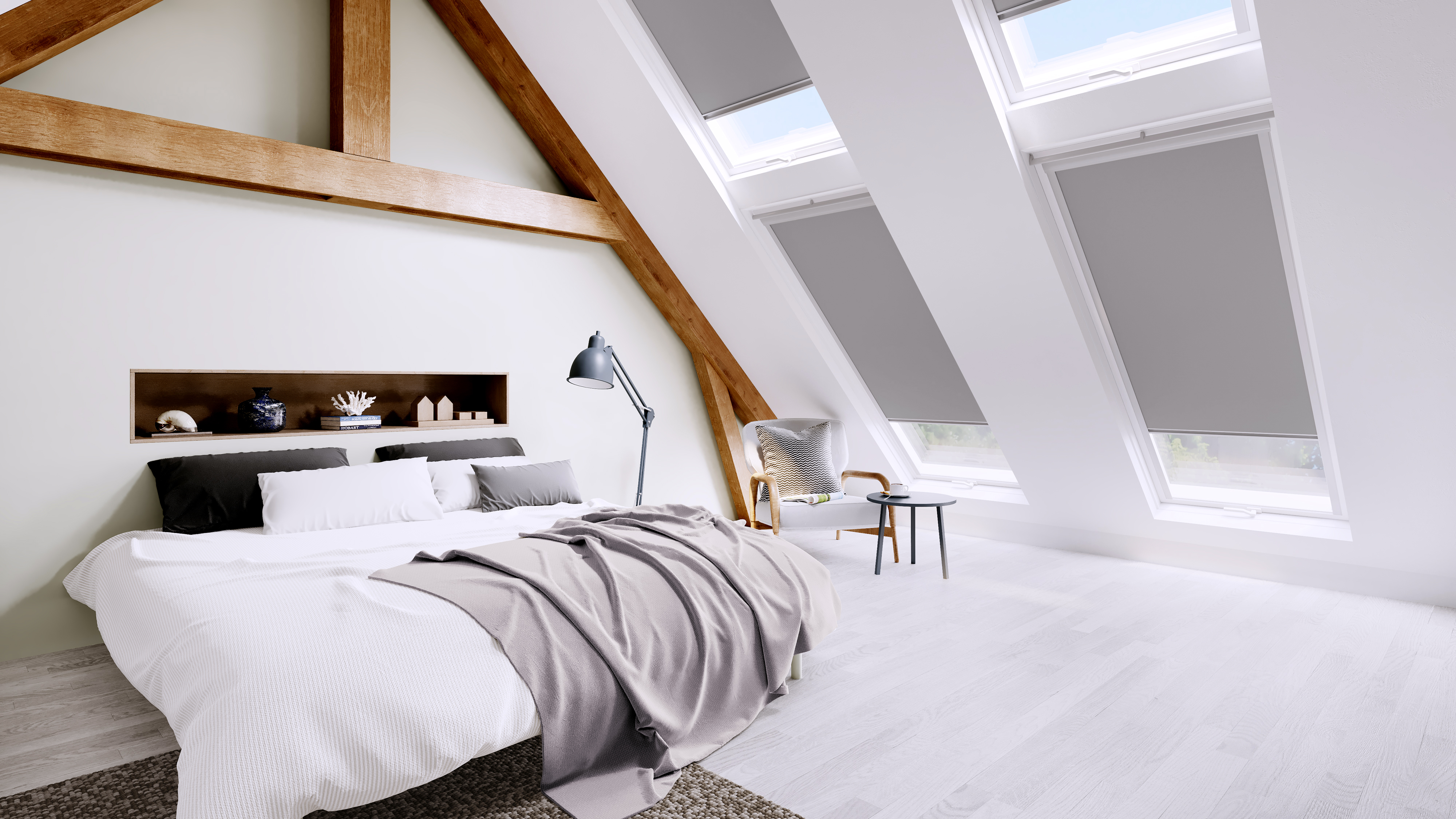
When the proposed space is one room, it is often good to locate the door to the space at the foot of the staircase rather than at the top, to create an additional sense of space and openness on the new floor. You could also locate the door halfway up a new staircase with a double landing, as you can’t have a door right on a staircase. This gives an open feel at both the top and bottom of the staircase.
25. Think carefully about the exterior
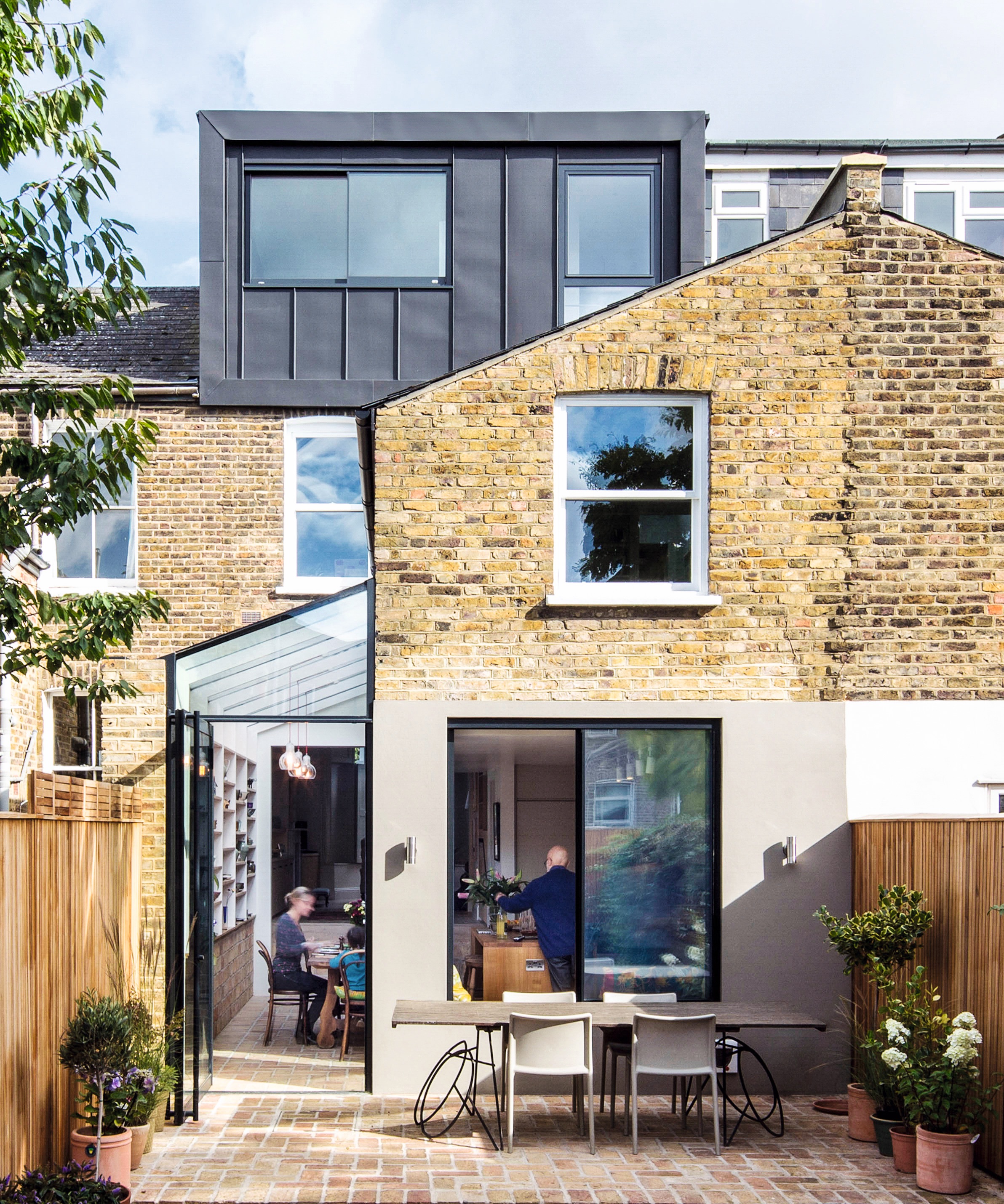
If your loft conversion will include extended sections, consider whether you want the new exterior to contrast with or complement your existing property. You could choose matching brickwork, or include rendering or cladding for a more contemporary finish.
For modern homes, frameless and minimalist-style windows are a great option. However, if you have a period property and want an attic room or loft extension, there may be conservation requirements – such as requiring windows to sit flush with the roof – that reduce your options.
Designing a loft conversion Q&A
Can any loft be converted?
You don't usually require planning permission to convert a loft. To gauge whether your loft is big enough to convert, you can go by the following.
Lofts with a minimum head height of 2.3m are usually seen as fit to convert, although obstacles like chimneys or water tanks, as well as the pitch of the roof, can also affect this decision.
If the roof space is less than 2.3m, don’t throw away your dreams of a conversion, as there are other options available. Removing sections of the roof, or all of it, makes it possible to gain the required headspace. However, this adds to the cost and also requires planning permission, unlike a more simple conversion. Alternatively, it is possible to lower the ceiling of the rooms below – again, this is more costly. You could also opt for a modular conversion – built off site and installed afterwards.
What are the six main types of loft conversion?
1. Rooflight loft conversions require the least amount of structural work to the existing space and are therefore the most cost effective. The only changes made are the addition of windows.
2. Dormer loft conversions are the most popular option as they are the easiest way to add light and an increased amount of roof space with full headroom. The roof structure is altered at the sides or rear of the house to add a large, flat-roofed ‘box’ dormer.
3. Hip-to-gable loft conversions are most commonly found on the side of either end-terrace or semi-detached houses. The hipped (or sloping) side roof is removed and the end wall is then built up straight to form a new vertical gable.
4. Gable-to-gable loft conversions include a new box extension that spans the space between each gable end. It is worth noting that in some case you’ll need to increase the height of the gable end walls to act as ‘bookends’.
5. Mansard loft conversions create extra volume. The process involves the replacement of either one or both roof slopes with very steep sloping sides and a flat roof over the top.
6. Modular extension loft conversions are used where the existing loft space is unsuitable for conversion. Measurements are taken and the new rooms manufactured off site before being delivered as a module. The existing roof is then removed and the new module installed. Try Moduloft for more.
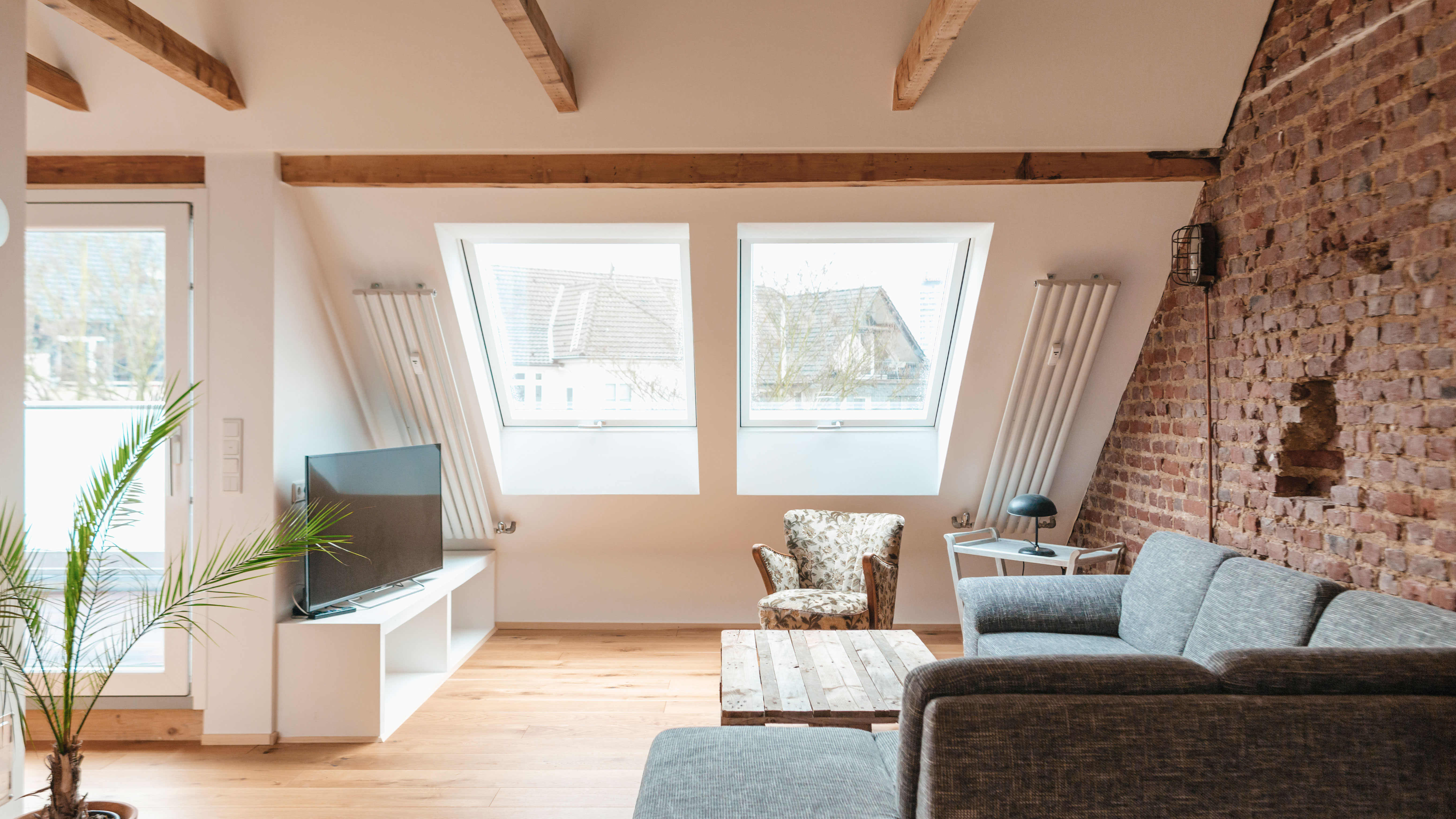
How will you use your space?
It is always worth running your plans and designs past an architect or designer that can visualise them with 3D drawings. The issue with a loft conversion is that floor plans can look large, but don’t take into account the loss of usable space due to sloping ceilings.
Digital models can still be misleading depending on the viewpoint of the particular software. Often a simple paper model will create the best impression of how the space will actually function. Keep in mind factoring the cost of modelling into your design budget to avoid disappointment when the loft is completed.
Before you sign off your loft conversion plans, ask yourself the following questions:
- Is it the best use of the space?
- Could the room proportions be improved with a different layout?
- Is there space for furniture and storage?
- Is the ceiling height acceptable? E.g can you walk in most of the room?
- Could the addition of a dormer create more space?
- Does the position of the stairs optimise potential space?
- Could more light be created with roof lights or light tunnels?
When you're looking at the plans, sketch in where furniture will go on a to-scale drawing, then ensure there's enough room to move around the furniture comfortably. This doesn't just extend to having enough room within the loft space for the furniture you want to put in there: the main problem you're going to come across is ceiling height – and what you want to avoid is having to crouch, or banging your head when you stand up from the bed or a chair, for example.
What are the building regulations a loft conversion must meet?
As a loft conversion is a ‘material change of use’, building regulations must be met and you should consider them highly when constructing your loft conversion plans. These cover matters of safety, including the strength of the floor, minimum headroom above the staircase, fire escapes, thermal efficiency, electrics, plumbing and glazing. The preparation for building regulations can be completed by either the designer or loft conversion company you are working with.
Do you need planning permission to convert a loft?
There's a high chance your loft conversion can be done without planning permission, as most are classed as permitted development, which means planning permission isn’t required, subject to the following criteria:
- Maximum of 40 cubic metres of additional roof space for terraced houses or 50 cubic metres for detached and semi-detached;
- No extension is added beyond the plane of the existing roof slope at the front of the house;
- No extension is higher than the existing roof’s highest part;
- Materials used are similar in appearance to the existing property;
- No verandas, balconies or platforms;
- Side-facing windows are obscure-glazed and open 1.7m above the floor;
- Roof extensions, apart from hip to gable ones, must be set back at least 20cm from the original eaves;
- Extensions cannot overhang the wall of the original house;
- Roof extensions are not PD in flats, listed buildings and designated areas, such as national parks, Areas of Outstanding Natural Beauty or conservation areas;
- If you do need to apply for planning permission, your architect or design-and-build firm should guide you through the process.
Can a loft conversion improve your home's efficiency?
Adding a loft conversion provides the perfect opportunity to make your home more energy efficient, as the installation of specific insulation is a requirement of building regulations. There are two forms of insulation and a building control inspector – either an independent inspector or one from your local authority – will determine which type your home requires.
Cold-roof insulation In total, 10cm of insulation is required; 7cm made up by filling the space between the rafters with foam insulation. The other 3cm of slab insulation is attached to the inside of the rafters. It’s essential that a 5cm gap be left between the roof felt and insulation to allow for ventilation.
Warm-roof insulation involves foam insulation 10cm-thick fitted over the rafters before adding capping, tile battens and tiles. This is a more complex option commonly used when a roof covering has been stripped, perhaps when creating a dormer. A 10cm-thick slab of foam insulation can insulate a dormer wall, while a 10cm-thick quilt of insulation is required between plasterboard attached to either side of an internal partition wall. You’ll need 10cm-thick insulation between floor joists.
Do you need professional know-how?
When it comes to the design, there are two main options:
1. The first is to commission a designer, such as an architect or architectural technologist, to produce drawings, which can be put out to builders on a competitive tender basis. You will be able to steer the designer to create exactly what you want, but fees for what is a relatively small project may be high as a proportion of overall costs, and you’ll also need to hire a structural engineer.
2. The other option is to hand the whole project over to a design-and-build contractor, who will have a designer, engineer and builders in their team. They might be less creative in design terms, but the all-inclusive price is a benefit.
Can you live at home while your loft conversion is underway?
If you’re having a basic roof light or dormer loft conversion, then there’s no reason why you can’t stay living in your house throughout the project. Most contractors will erect scaffolding and cover any sections of roof they’re removing with tarpaulin. They will also start with the external work, meaning the majority of your house won’t be affected until they knock through and install the loft conversion staircase.
If it’s a more major project, for instance where most of the roof is being replaced, then you may want to move out for a couple of weeks, particularly if the work is being done during winter. Most loft conversions will take between eight and 12 weeks to complete, while modular lofts can be installed in two weeks.
What's the best access for a loft conversion?
A design aspect that can be overlooked but is absolutely essential to get right with all loft conversions is the transition between the existing house and the new loft space. You may not have a lot of choice about the position of the staircase, but you can influence its look. Here's what to bear in mind:
- Matching bannisters and tread design to those of the existing house can make the new staircase feel like it's always been there. Ideally, its proportions should echo those of the stairs below, too.
- Carpeted stairs in the rest of the house? Match it to cover your new stairs to create a seamless link.
- Same goes for the wall treatment – if you can match wall paint colours or wallpapers to the hallway below, your new space will be more successful.
When an architect designs your loft, they will generally look for the most cost-effective option that will have least impact upon the rest of the house. However, as long as the construction is structurally sound and the work meets building regulations, there is no harm in exploring alternative placements for stairs and doors.
Usually, the most efficient position will be above the staircase that links the ground floor and first floor, and this will also help make the stairs look like a natural part of the house. However the best position will depend upon available heights, proposed use, roof shape and the position of the door to the loft room.
You could also ask for balustrades, rails and spindles to be made to match those of the rest of the house, which will help, as will having stairs of the same width and the same flooring finish as the stairs below. Bear in mind that keeping stairs open like this rather than enclosed will allow the noise from above travel downwards and vice versa – something you might like to consider carefully if your loft is to be a teenager's bedroom/crash pad.
How can you maximise light in a loft conversion?
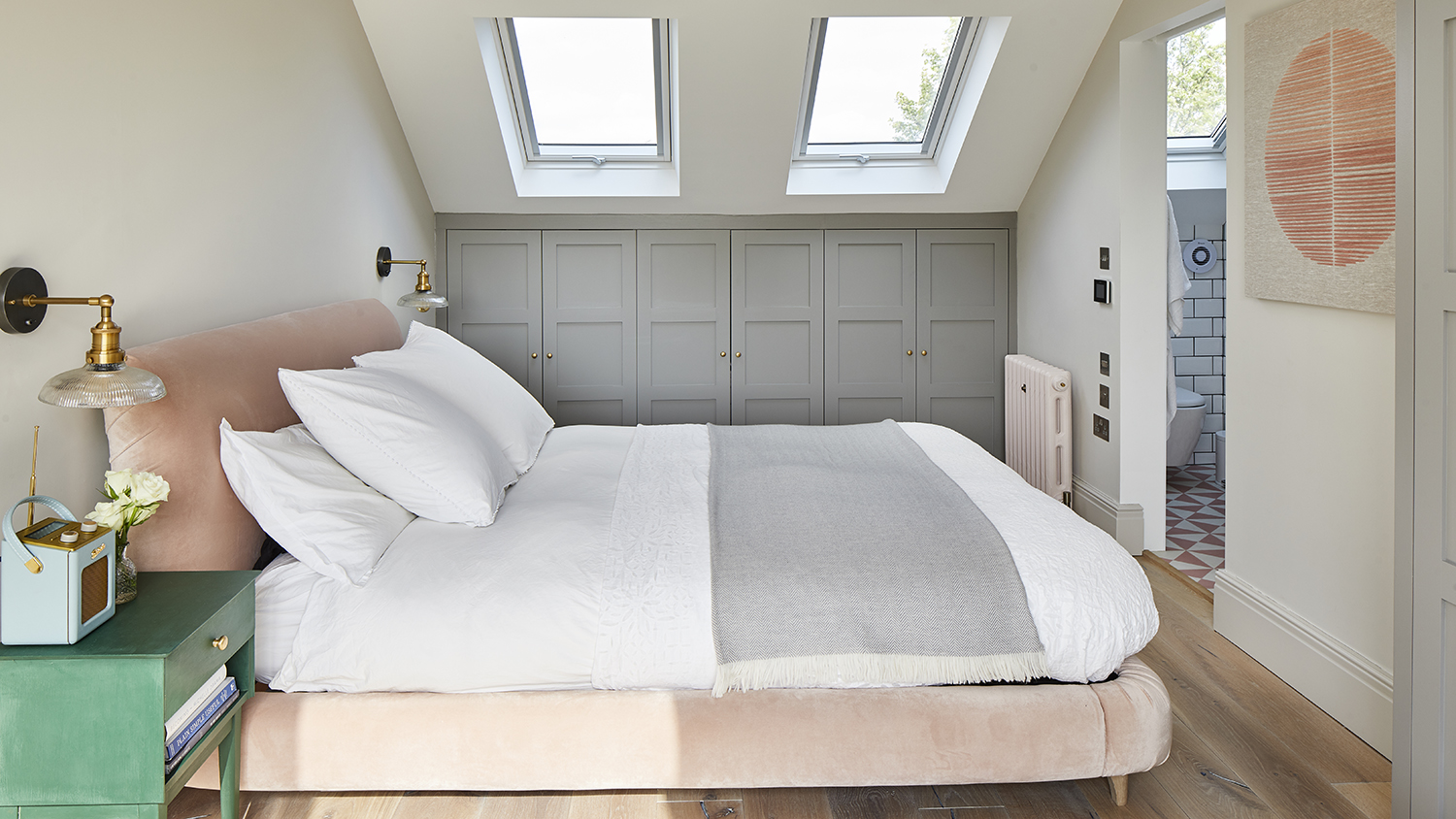
Loft room windows – and doors for that matter – can make a vast difference to the appeal of your space. If they can’t be opened, you can be quite ambitious about their size – a loft conversion company or architect can advise on this to help you get your plans approved by the local council. You can also choose bespoke or ready-made French or folding-sliding doors that can open out onto roof gardens or balconies with glazed balustrades for uninterrupted views.
If your budget is too tight or if planning is an issue for large expanses of bespoke glazing, you can cleverly maximise the impact of ready-to-fit rooflights by grouping them to create a wall of glazing for a fraction of the price. For the best views, choose top-hung windows, and use its proportions to make the room seem larger.
For example, windows spaced evenly along one section of roof can make a long, narrow room feel wider; windows in a tight group of four can make a low ceiling feel lofty; or, for a small space, consider Velux’s Cabrio, which can open right up to create an instant balcony, making the room inside feel much larger. Bear in mind that the position of windows will be dictated by the shape of your roof, and always get your plans approved by the local council before you start work.
Other ways to maximise light? Using white on all the ceilings and woodwork, and choosing a light-coloured flooring will, of course, help. Try to keep window dressings to a minimal. Stick to roller blinds or floaty light curtains that will still allow daylight to stream in and make the space feel bigger. You can always switch out to heavier curtains in the winter to keep the room warmer and more cocooning. Use our tips on designing a north-facing room to make your new space as bright as possible. Check out more bedroom window ideas in our feature.
What's the best use of awkward spaces within a loft conversion?

Eaves space can be very useful for storage – both classic loft storage hidden behind a conveniently placed door (ie, one that isn't behind furniture or in the way of where furniture could usefully go) and for clothes' storage – this is best achieved with built-in, made for purpose units.
In a bathroom, putting the loo or bath beneath the sloping ceiling is usually the best use of space, leaving room for the basin and shower beneath the full-height areas.
Be aware that boxing in large expanses of floor space into the eaves will make the room feel instantly smaller – so experiment with pinned up sheets or pieces of board before you commit.
What else should you consider with a loft conversion?
Remember that converting your loft may result in the loss of space at first-floor level to accommodate the new staircase. Losing a small bedroom on the first floor to provide a larger one on the second floor is rarely a good idea, but may be worth considering if, for instance, part of the small, compromised first-floor bedroom can be used as a new en suite or dressing room to the master bedroom.
Read more:
- How to plan, cost and budget for a single storey extension
- Real home: an Edwardian terrace with a loft conversion gets a boho makeover
- Small house extension ideas: the best ways to stretch your space
- Small bedroom ideas – stylish looks to copy in a tiny space
Laura Crombie is a journalist and TV presenter. She has written about homes and interiors for the last 17 years and was Editor of Real Homes before taking on her current position as Content Director for Country Homes & Interiors, 25 Beautiful Homes Period Living and Style at Home. She's an experienced home renovator and is currently DIY-renovating a 1960s house in Worcestershire. She's been quoted on home design and renovating in The Times, The Guardian, The Metro and more. She's also a TV presenter for QVC and has been a commentator for Channel 4 at Crufts dog show.
